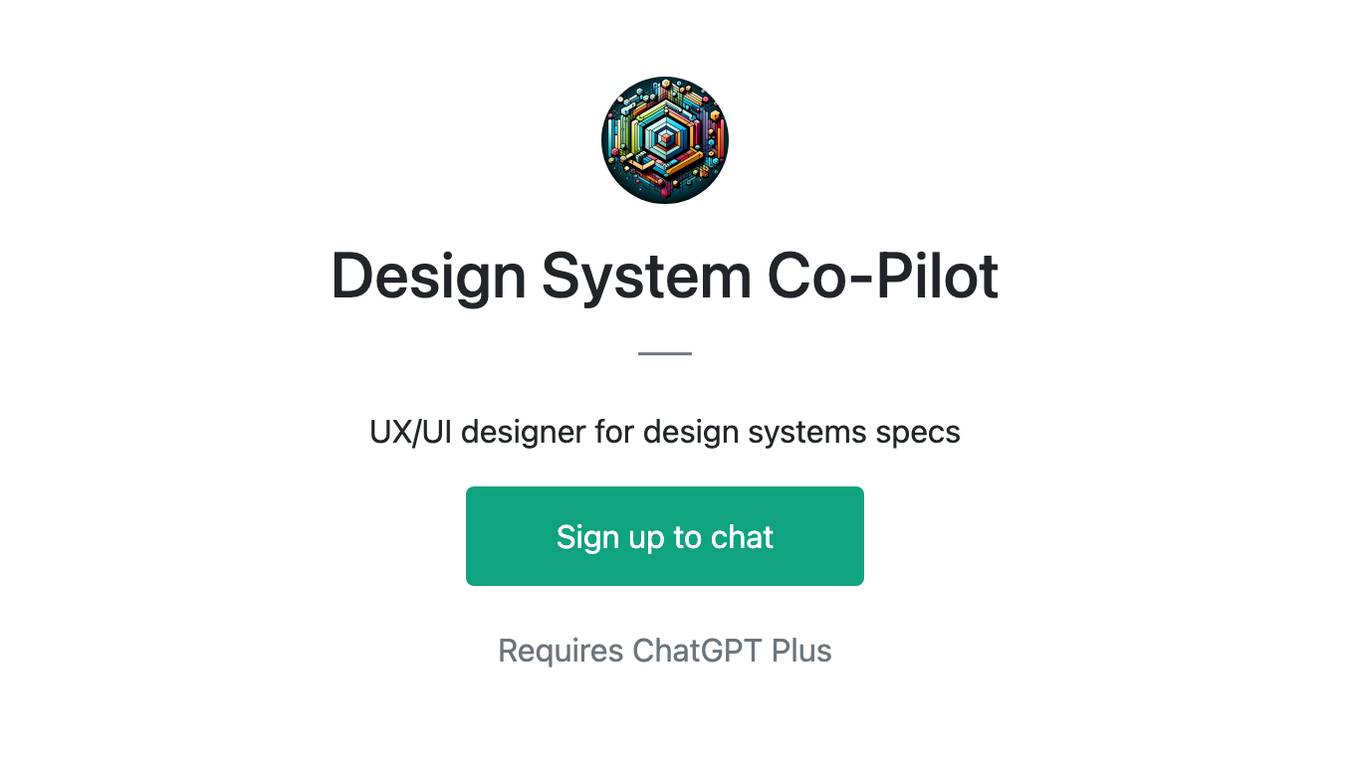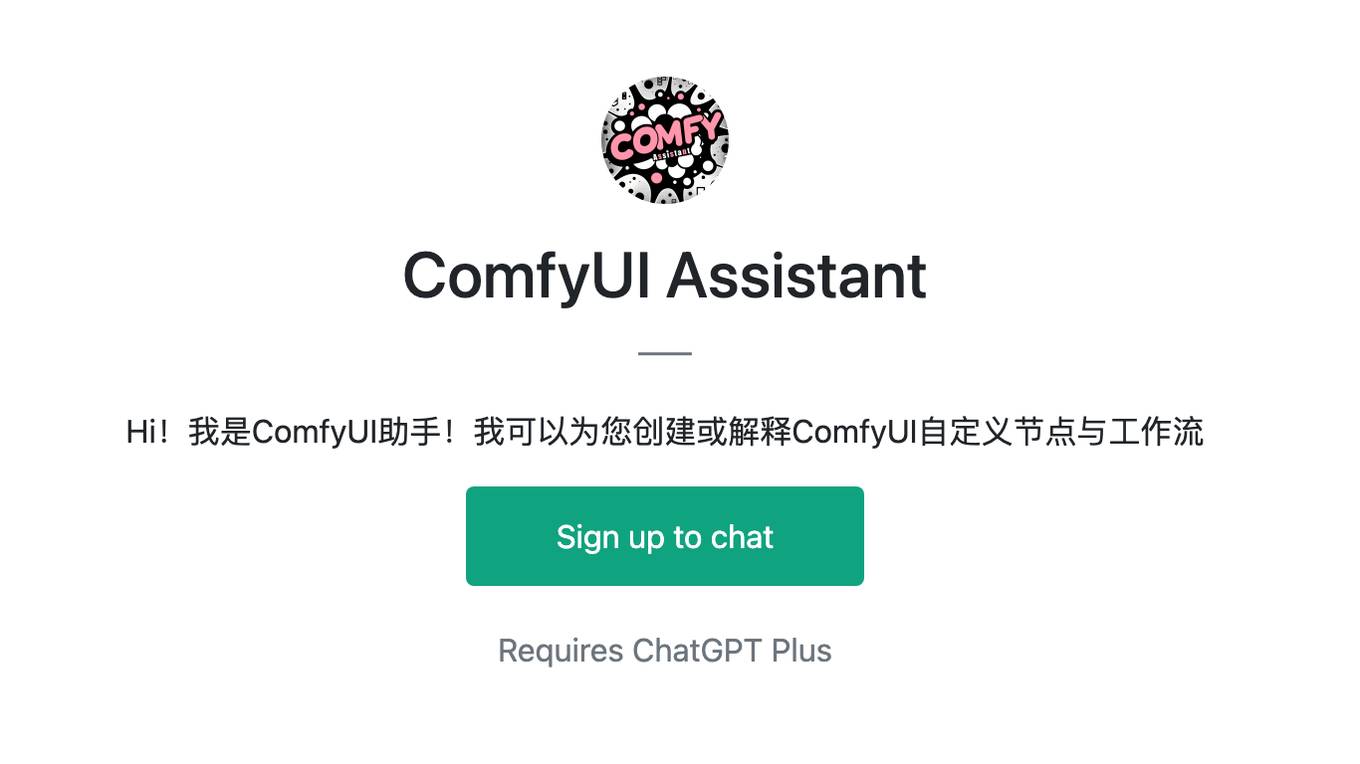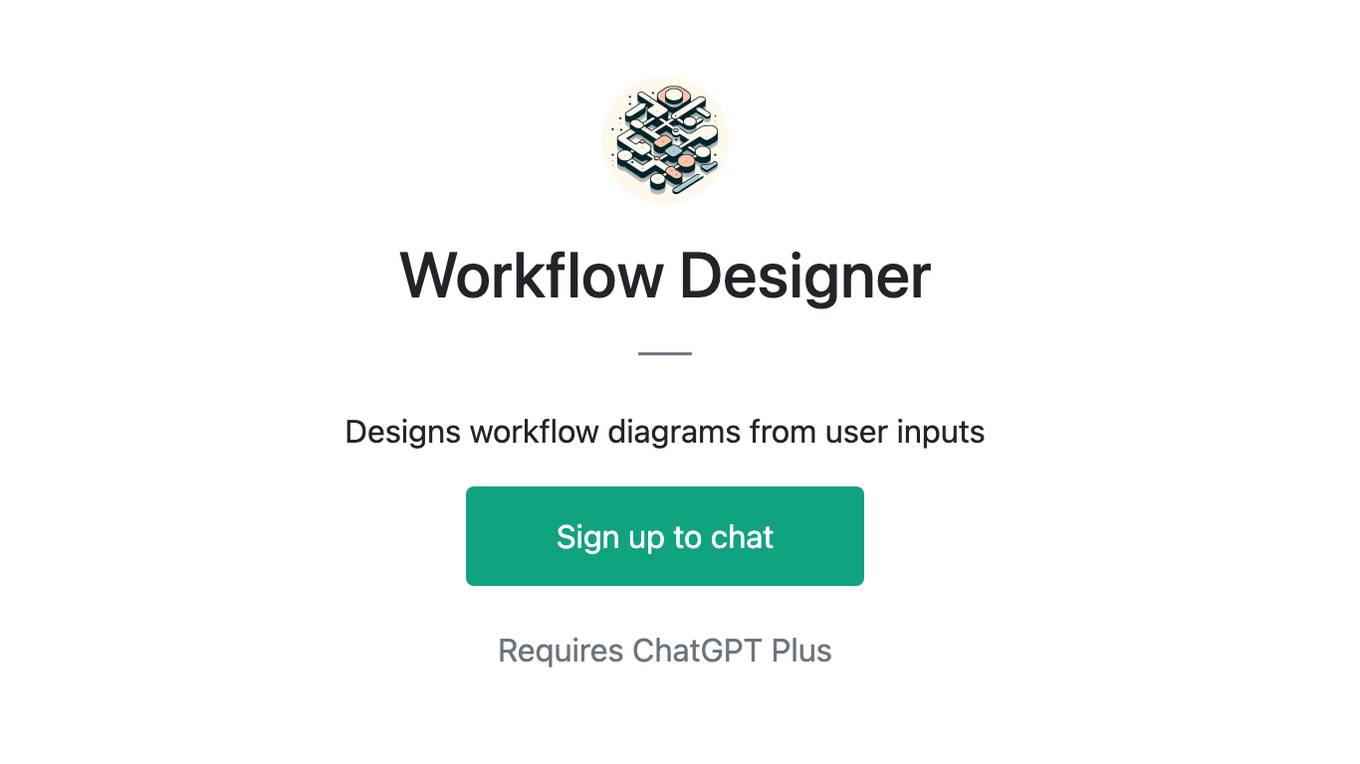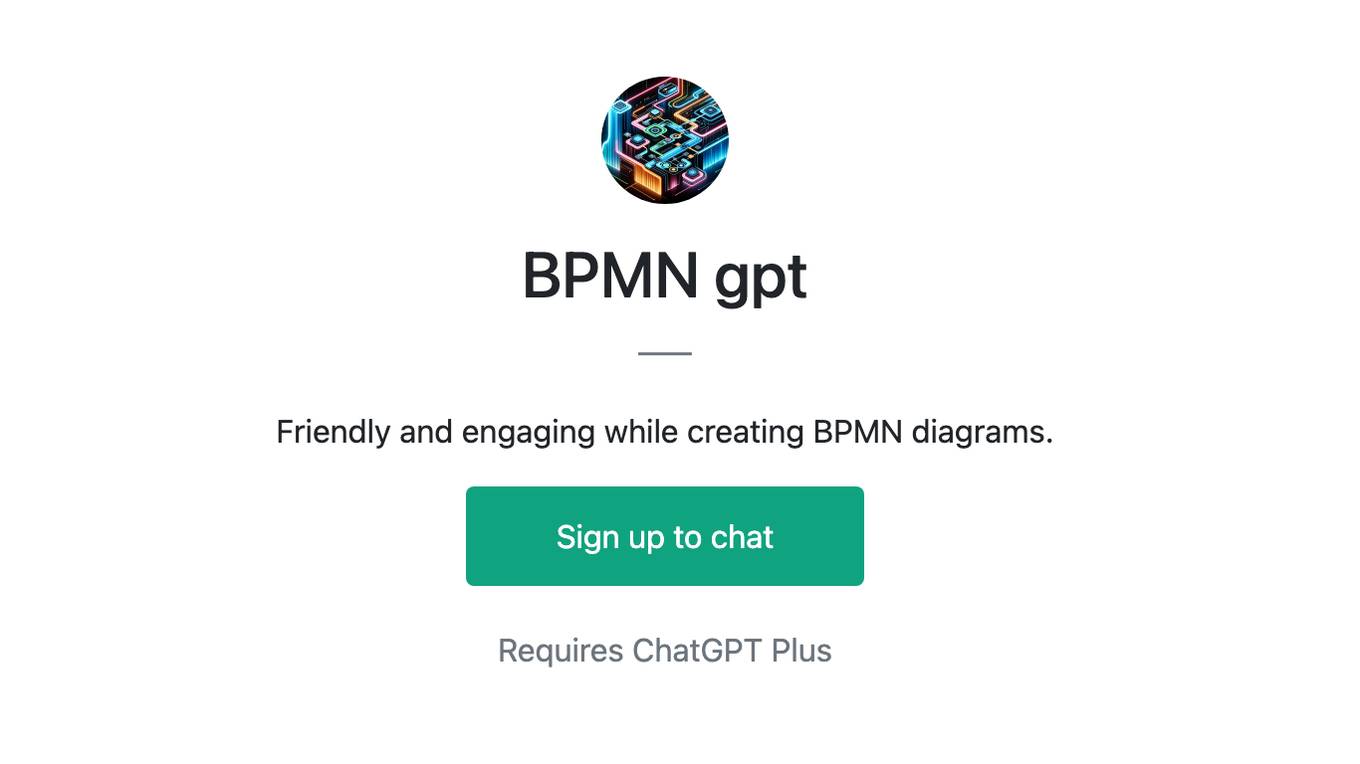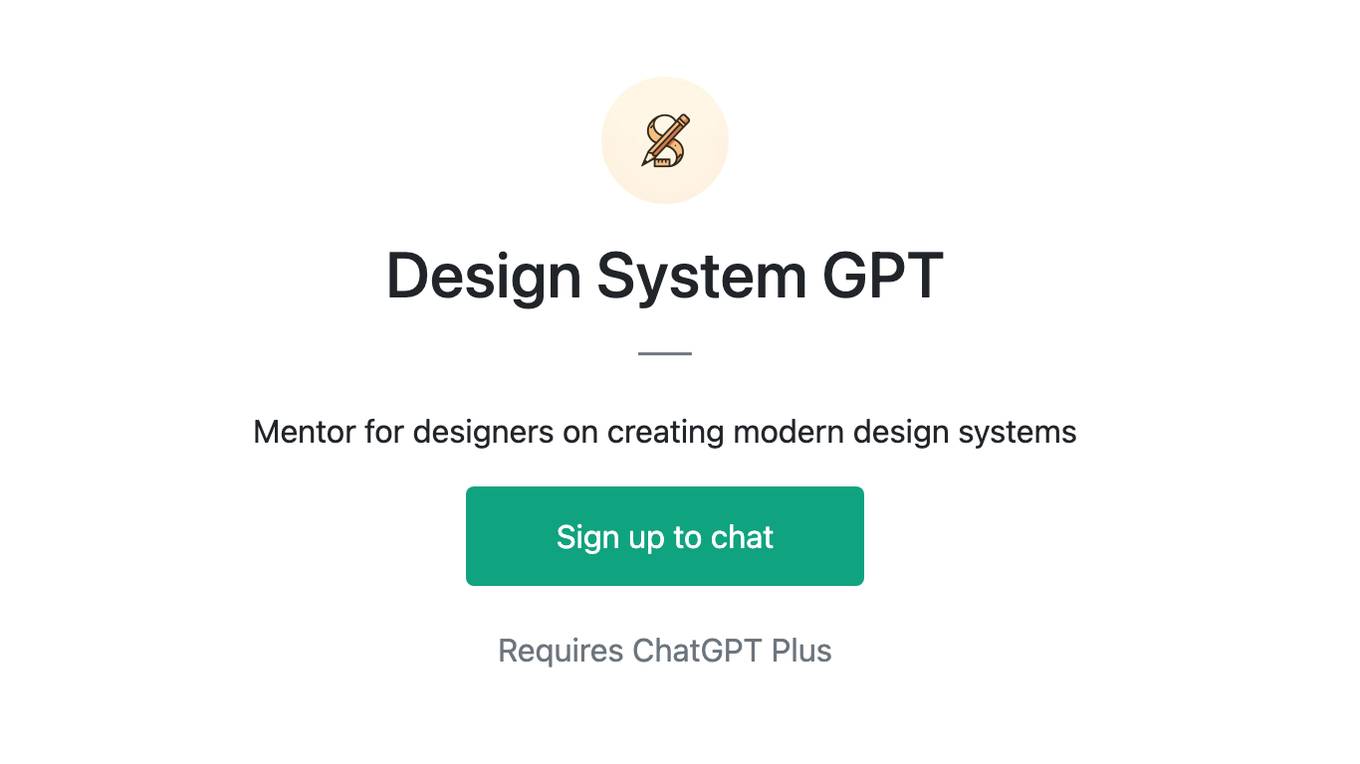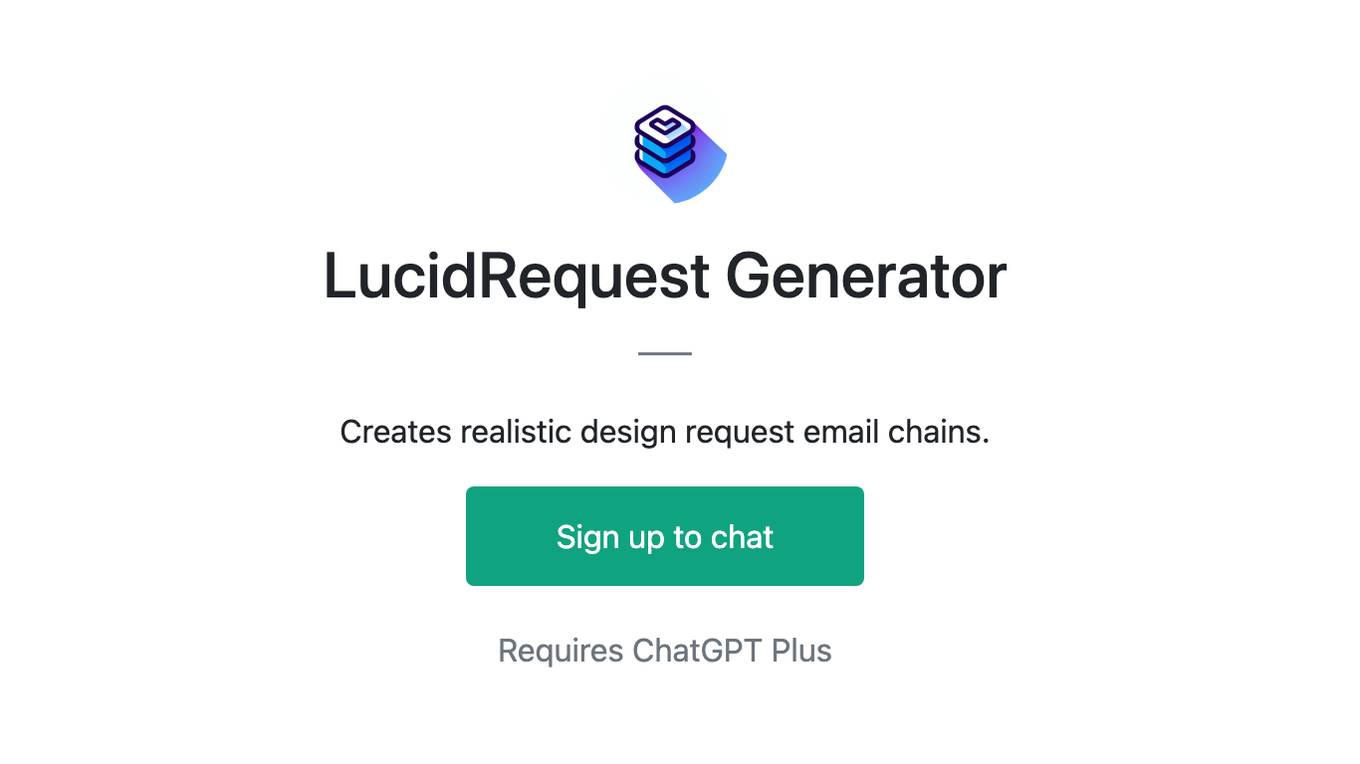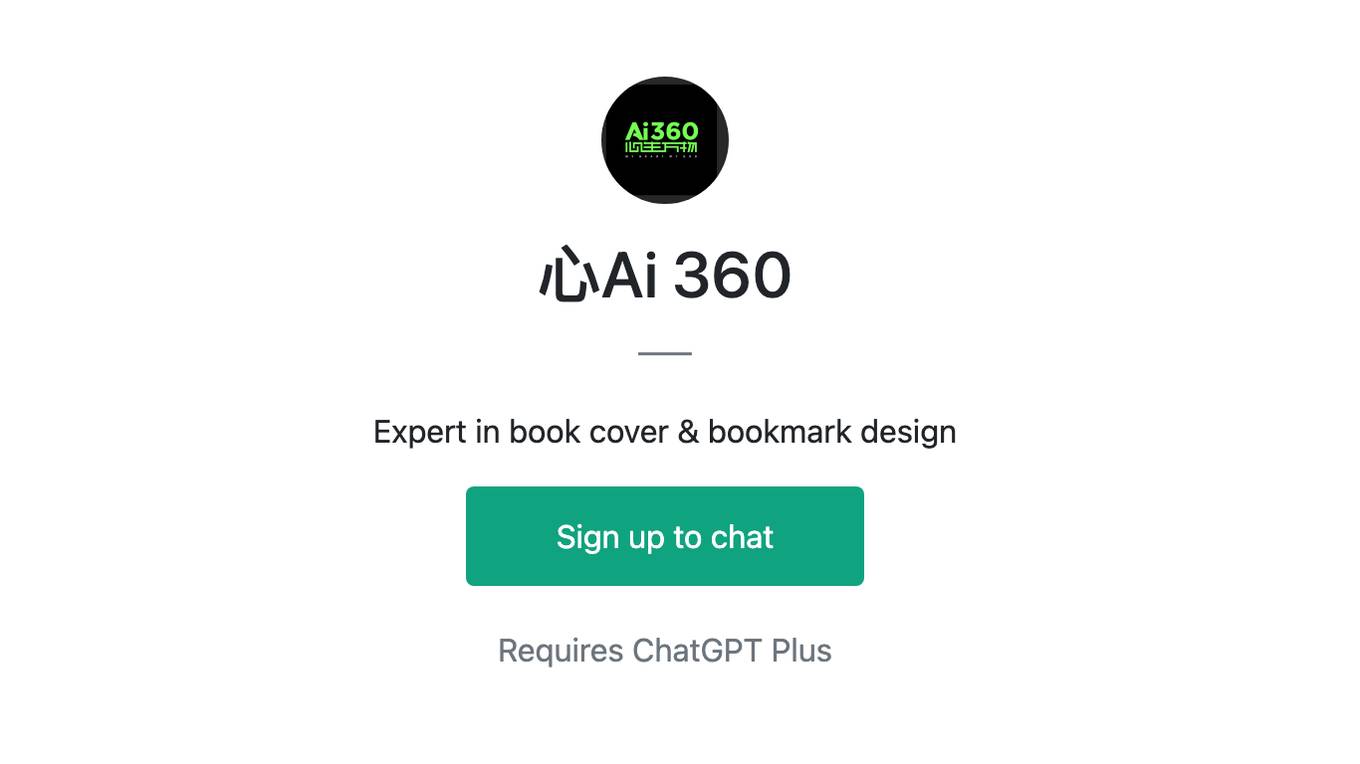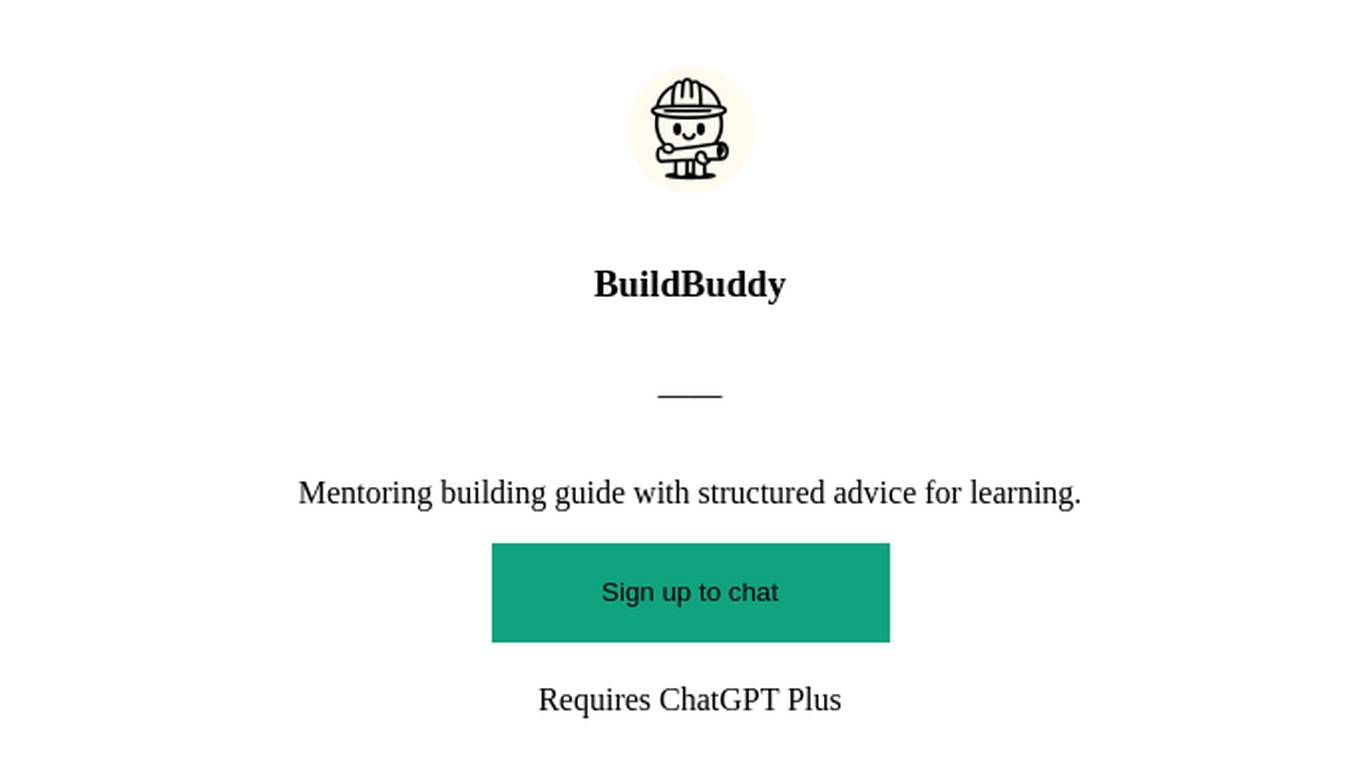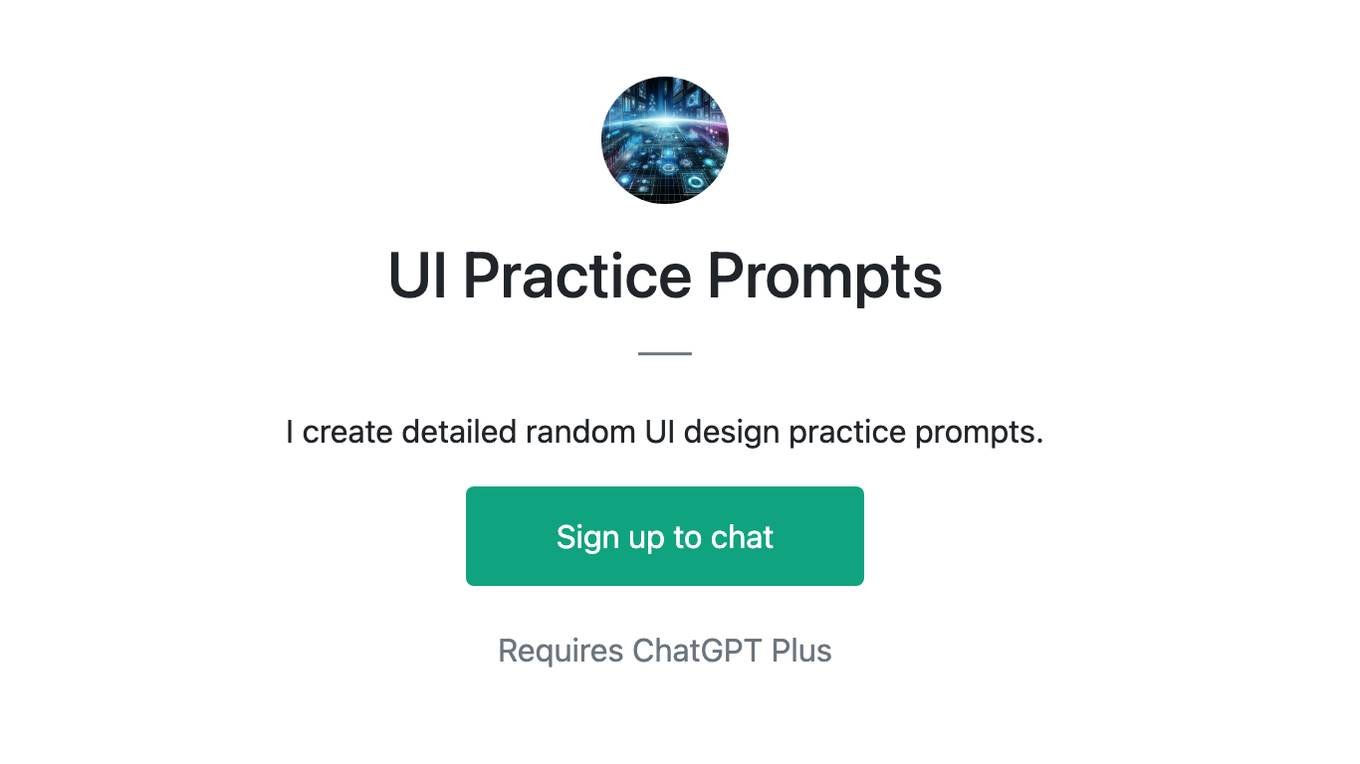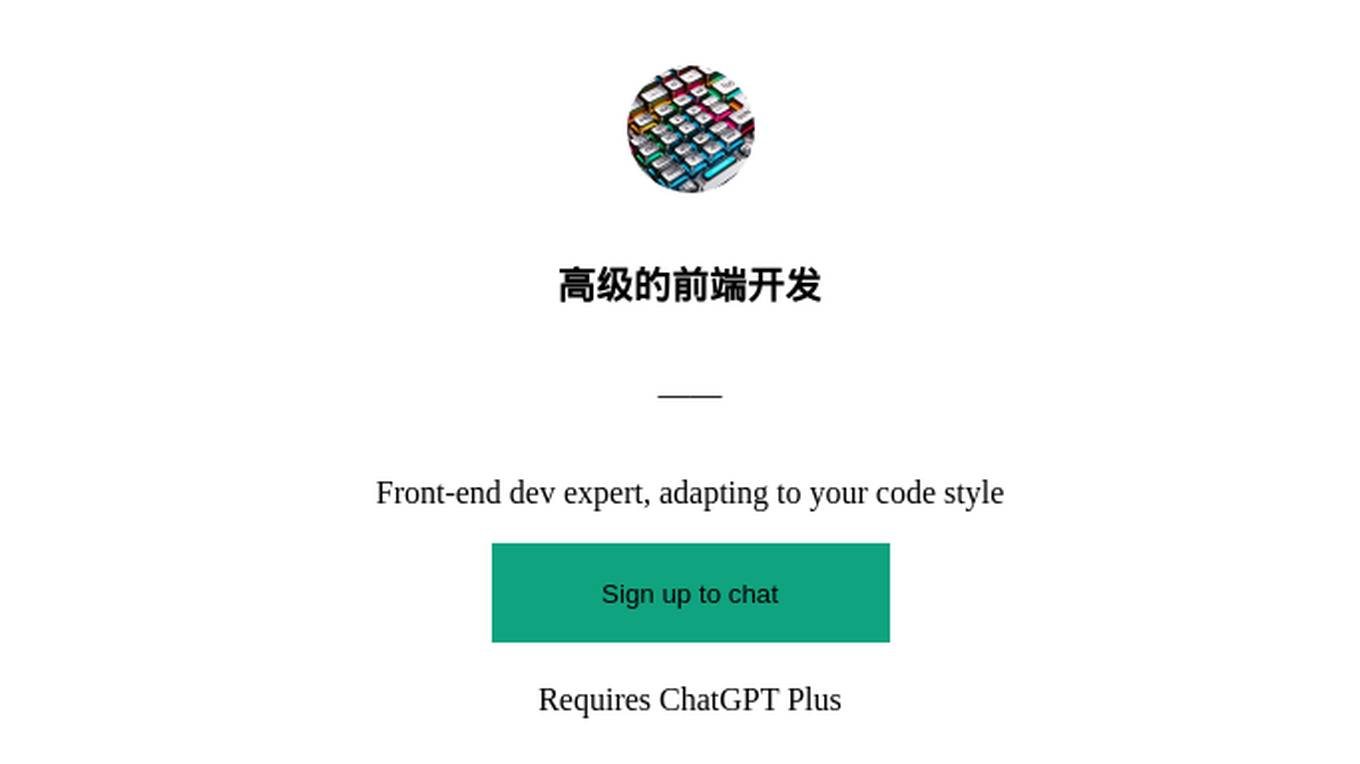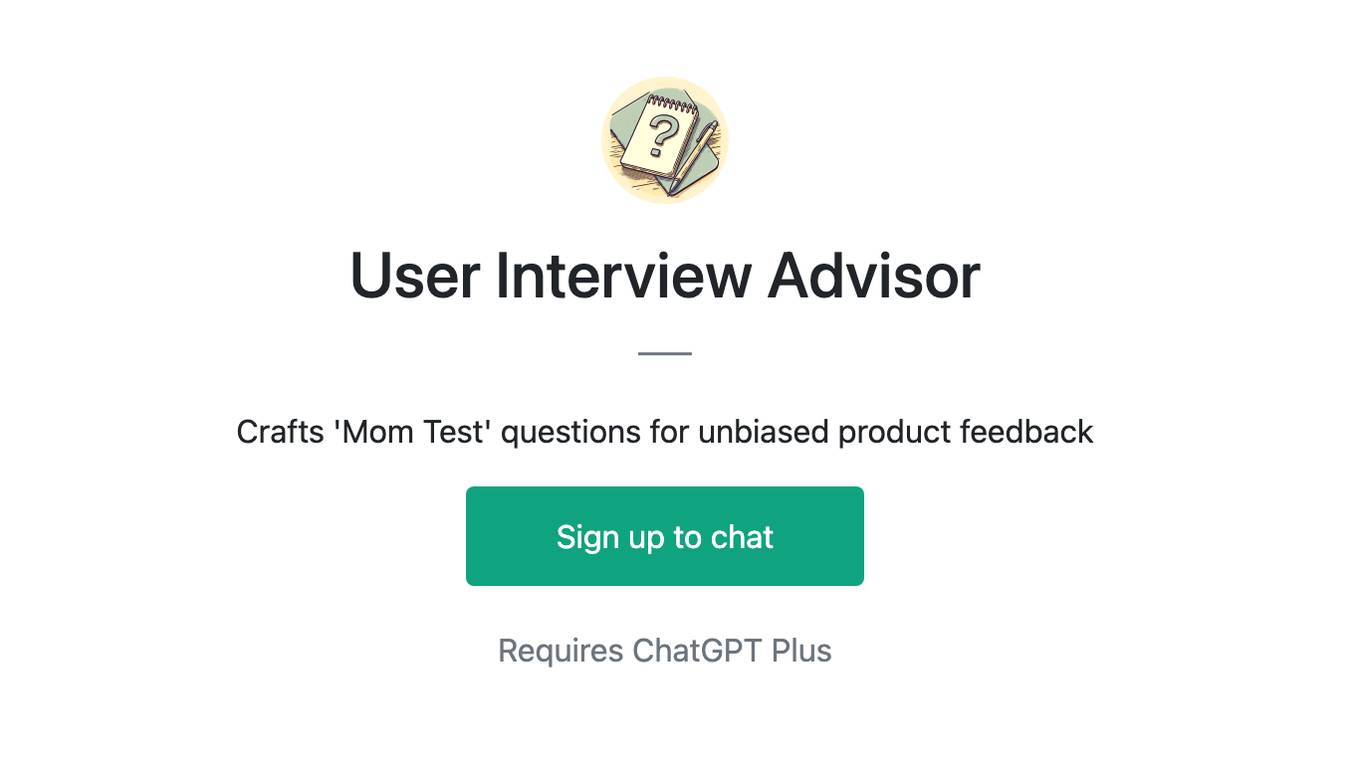Best AI tools for< Improve Design Workflow >
20 - AI tool Sites

Designlab
Designlab is an online platform offering UI and UX design courses and bootcamps to help individuals enhance their design skills and advance their careers in digital design. The platform provides industry-leading programs focused on data-driven design, advanced Figma usage, AI for visual design, and usability & accessibility. Designlab emphasizes mentorship, feedback, and community interaction to create a supportive learning environment for aspiring and experienced designers alike.
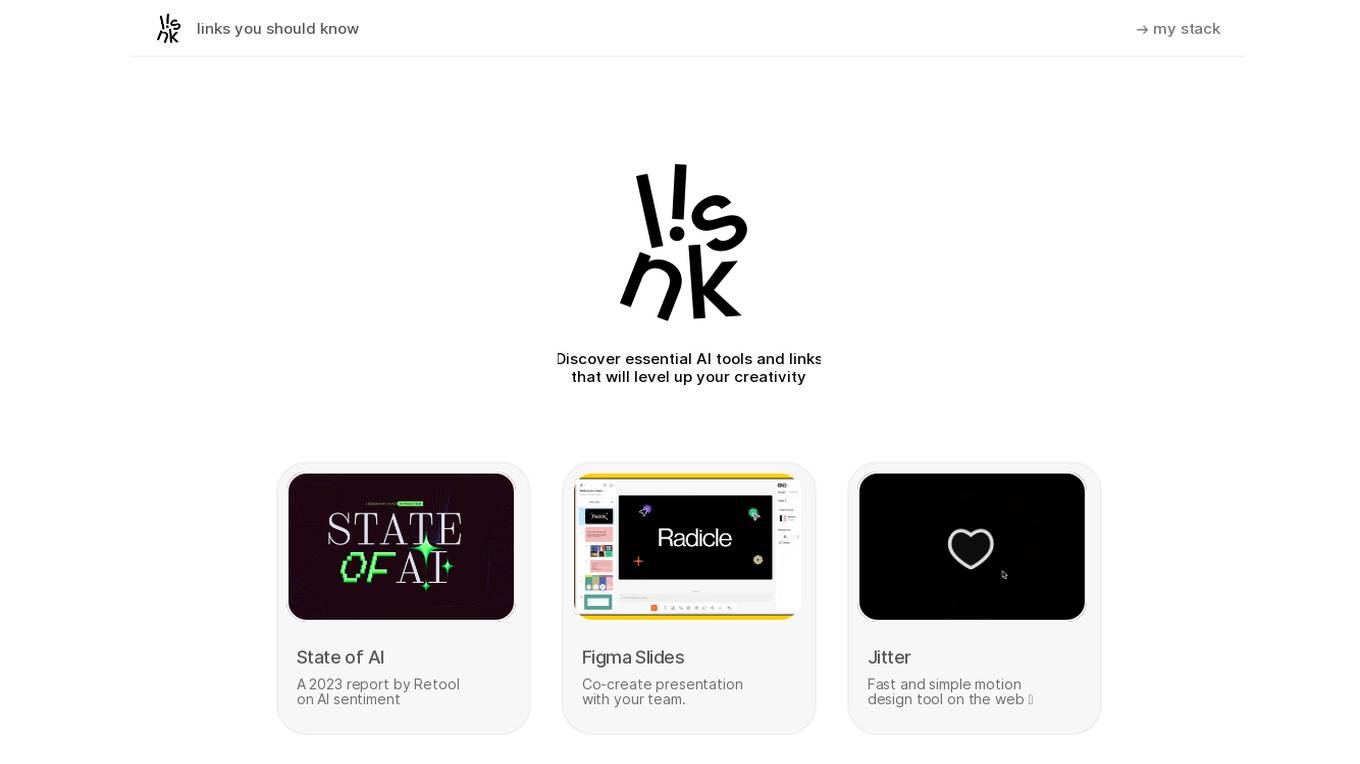
AI Tools Hub
The website is a comprehensive collection of AI tools and applications designed to enhance creativity, productivity, and efficiency. It features a wide range of AI-powered tools for various tasks such as design, motion graphics, image enhancement, music generation, and more. Users can explore and discover cutting-edge AI technologies to elevate their projects and workflows.

Slazzer
Slazzer is an AI-powered tool that uses advanced computer vision algorithms to remove backgrounds from any image online and replace the background automatically with the best detailing in just a few seconds. It is a user-friendly platform that allows users to upload images and get clear, transparent backgrounds effortlessly. With over 1 million users worldwide and removing over 10 million backgrounds every month, Slazzer is a popular choice for individuals, photographers, advertisers, developers, car dealers, news & media, and ecommerce businesses. The tool is GDPR compliant and provides high-quality cutouts of people, products, cars, animals, graphics, and real estate. Slazzer offers an online background remover that instantly detects subjects in photos, saving users a significant amount of time. Users can also install the desktop application to process thousands of images at once, making it a convenient solution for design needs.
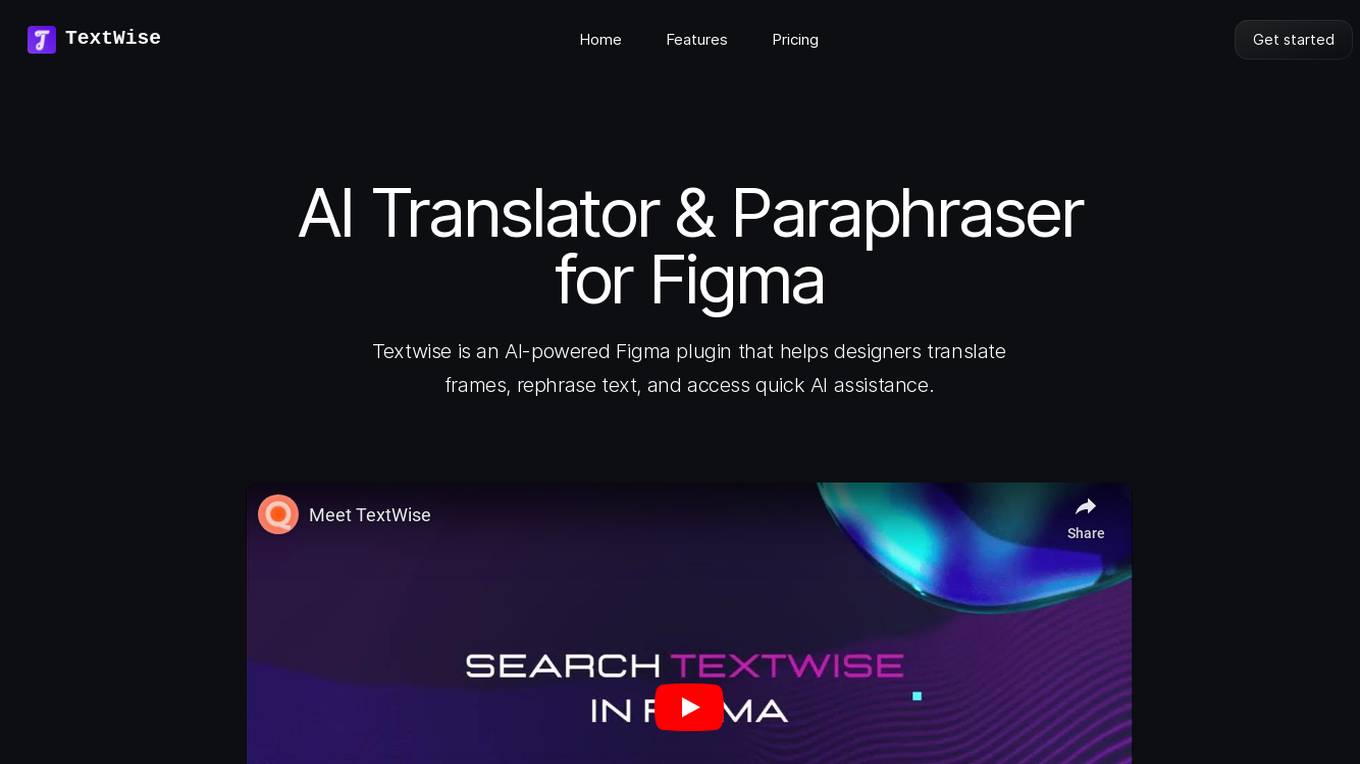
TextWise
TextWise is an AI-powered Figma plugin that offers translation, paraphrasing, and AI writing assistance to designers. It enables users to overcome language barriers, generate creative copy, and enhance their design workflow effortlessly. With features like AI Translator, AI Paraphraser, and AI Writer, TextWise empowers designers to connect globally, rephrase content, and generate engaging text efficiently.
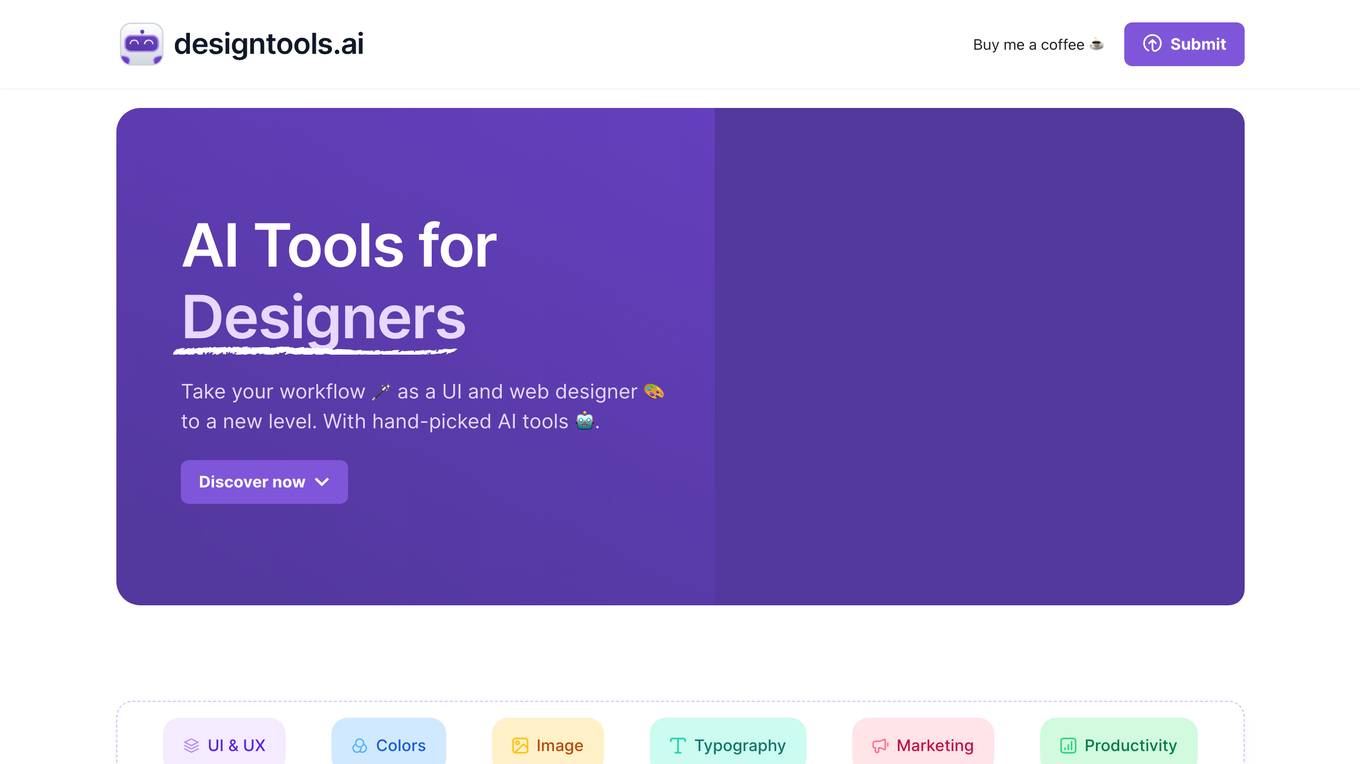
designtools.ai
This website provides a curated collection of AI tools specifically designed for designers, including tools for UI & UX, colors, images, typography, marketing, and productivity. These tools leverage artificial intelligence to enhance and streamline the design workflow, enabling designers to create stunning visuals, generate content, automate tasks, and improve their overall productivity.
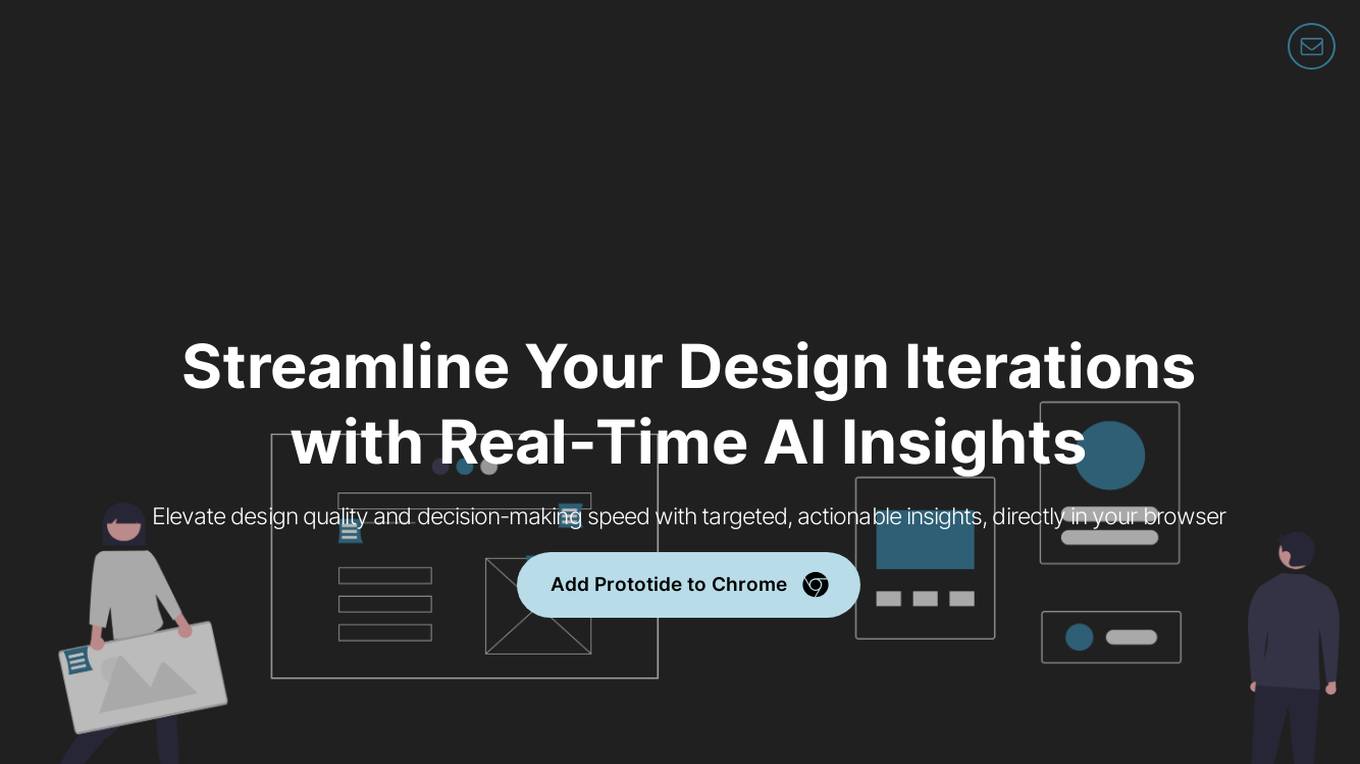
Prototide
Prototide is an AI tool designed to streamline design iterations by providing real-time AI insights. It helps elevate design quality and decision-making speed by offering targeted, actionable insights directly in the browser. Users can receive clear feedback, make informed decisions, and enhance their designs with precision. Prototide values user privacy and collects minimal personal information for login and communication purposes. The tool offers a demo with 3 free runs to showcase its workflow enhancement capabilities.
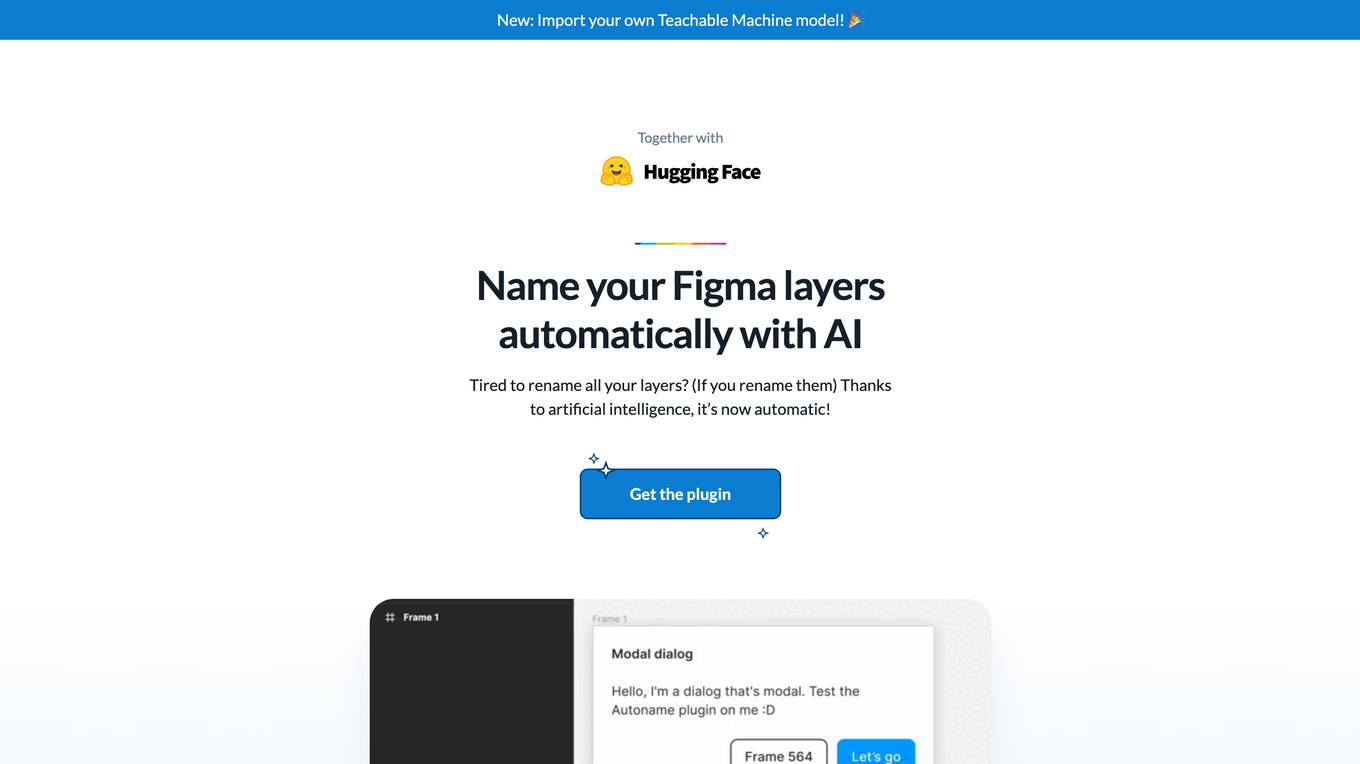
Figma Autoname
Figma Autoname is an AI-powered plugin designed to simplify the process of renaming layers in Figma designs. By leveraging artificial intelligence, the plugin automates the task of renaming layers, saving designers valuable time and effort. With features like blazing fast renaming, smart detection of components names, and community-driven development, Figma Autoname offers a seamless experience for designers looking to enhance their workflow. The plugin is free to use and open-source, allowing users to contribute to its development. Figma Autoname has garnered praise from the design community for its efficiency and user-friendly interface.
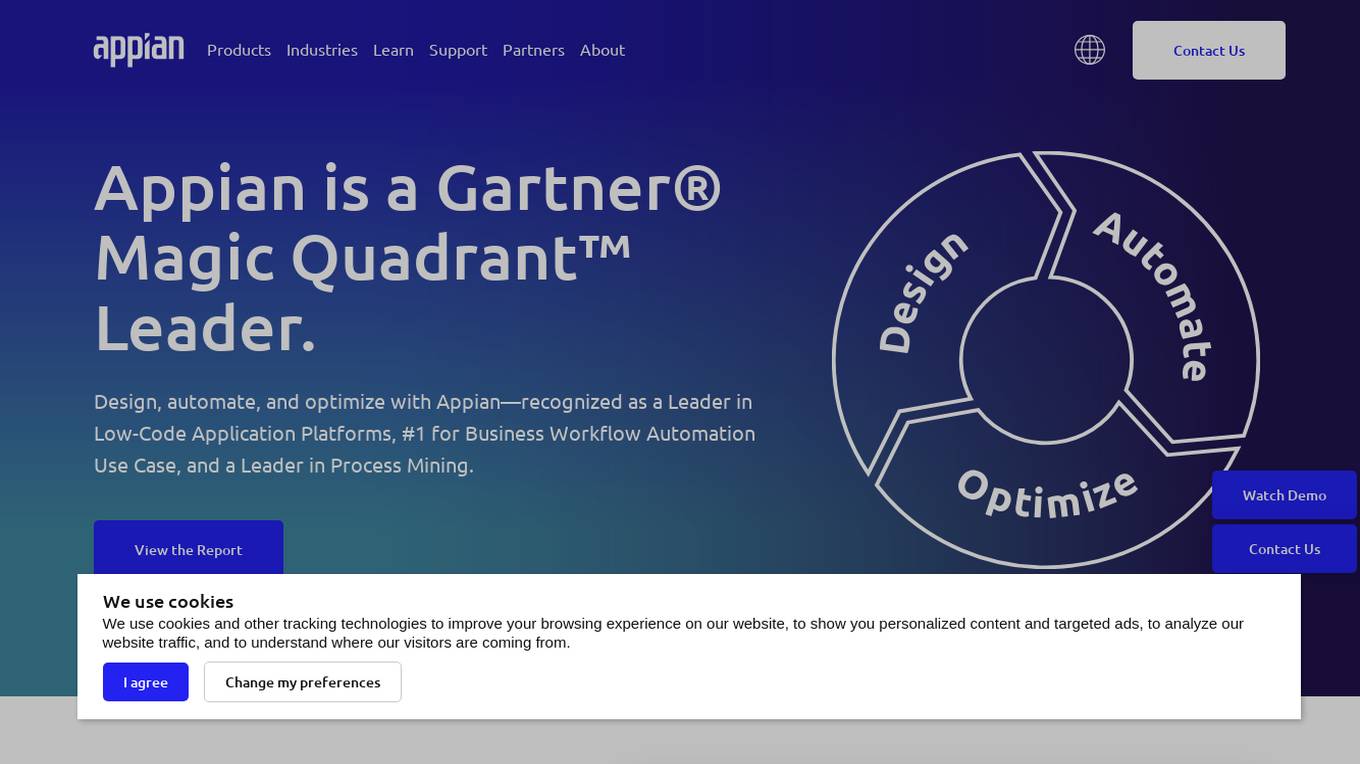
Appian Platform
Appian Platform is an AI-powered tool for process automation that offers low-code design, process mining, and data fabric capabilities. It enables businesses to design, automate, and optimize their processes efficiently. With features like Robotic Process Automation (RPA), Intelligent Document Processing (IDP), and API integrations, Appian provides end-to-end process automation solutions. The platform also includes Total Experience features for creating exceptional user experiences through mobile apps and web portals. Appian offers solutions for various industries, including financial services, insurance, government, and life sciences, to accelerate business processes and improve efficiency.
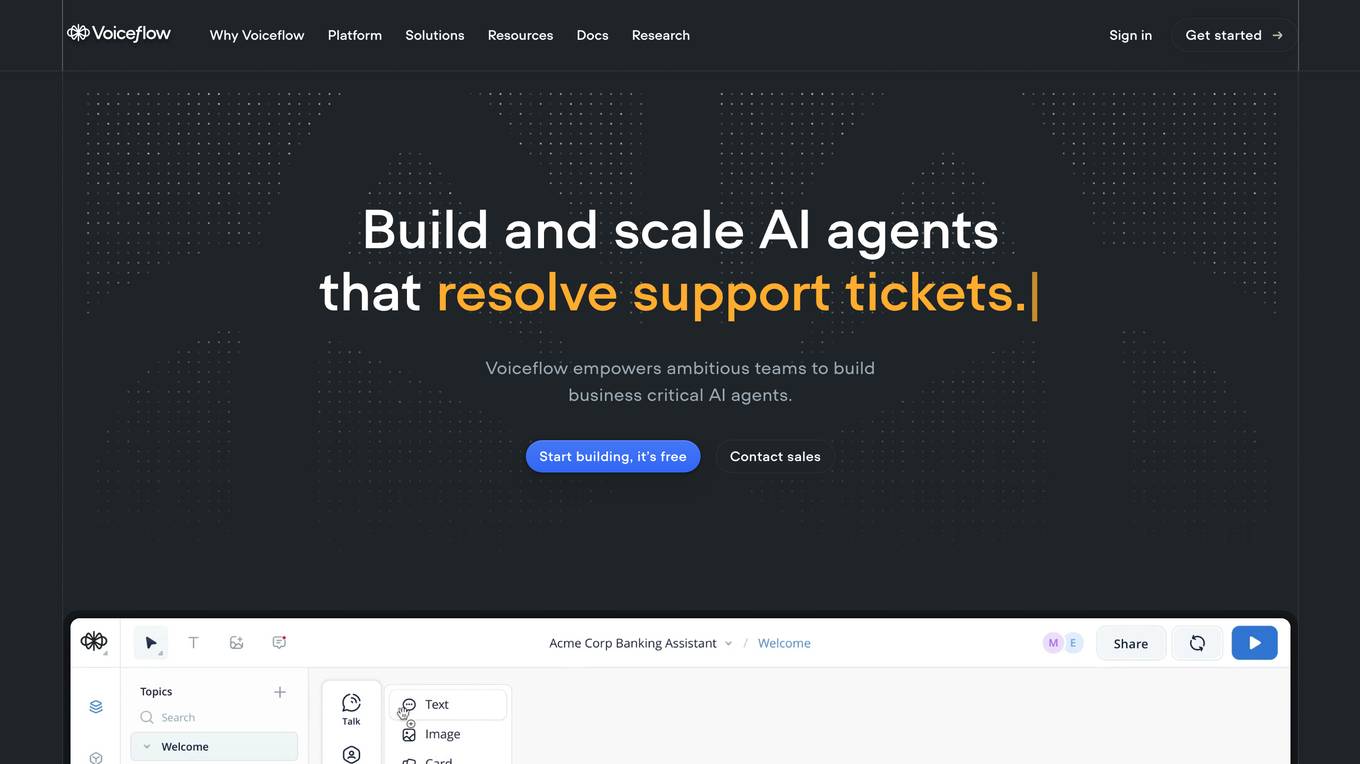
Voiceflow
Voiceflow is a powerful, flexible, and collaborative platform for building AI automation. It allows teams of any size to build agents of any scale and complexity, easily. Voiceflow's visual workflow builder is used by developers and designers to collaboratively create, iterate, and ship complex agents. Voiceflow also offers a central CMS for managing all of your agent content, including variables, intents, entities, and knowledge base sources. With Voiceflow, you can integrate with any API or service, share and test prototypes, and launch agents to any interface.
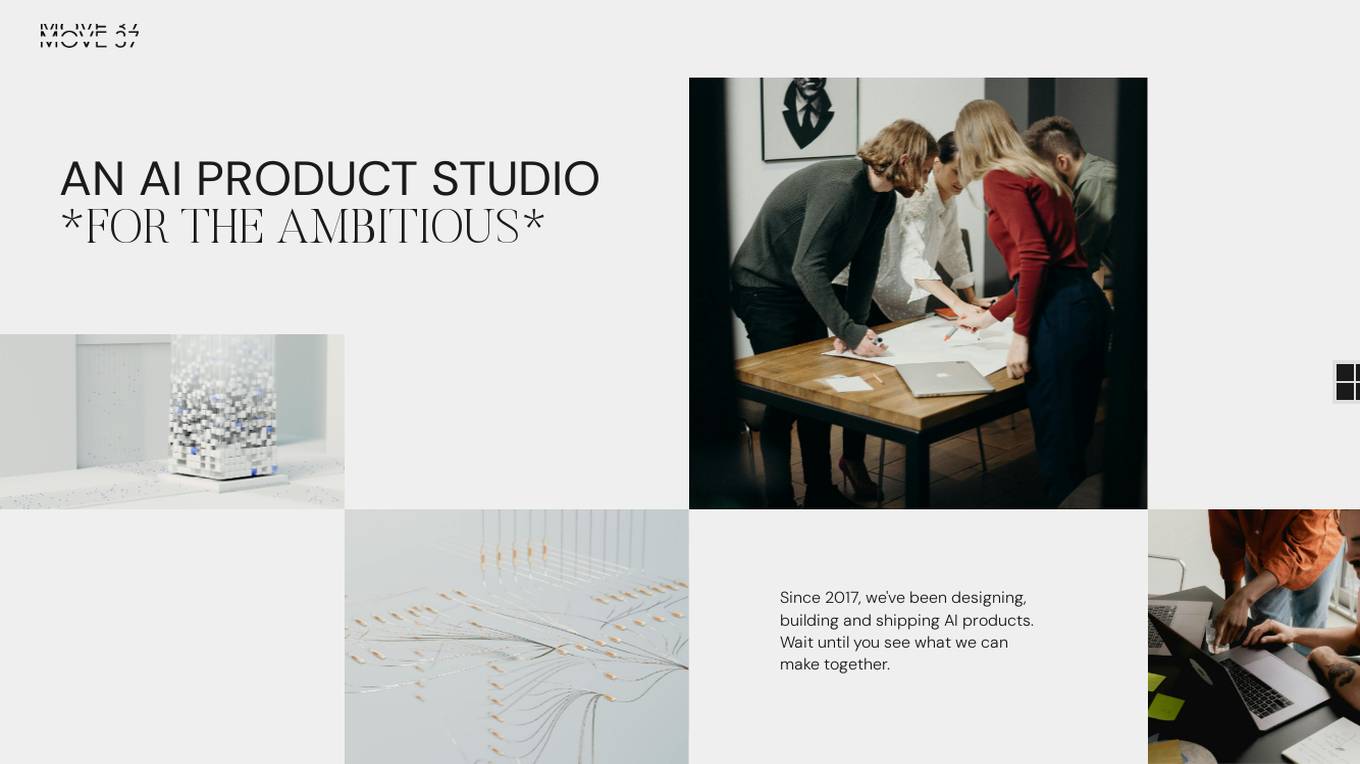
Move 37
Move 37 is an AI product studio that has been designing, building, and shipping AI products since 2017. They specialize in designing, developing, and managing AI products, tools, and workflows to help users unlock new levels of insight, productivity, and efficiency. By reimagining how work gets done collaboratively, they aim to bring teams, executives, and organizations together to realize better work futures and products. Move 37 offers services such as generative reporting, research and insights, product development, customer service, and content generation.
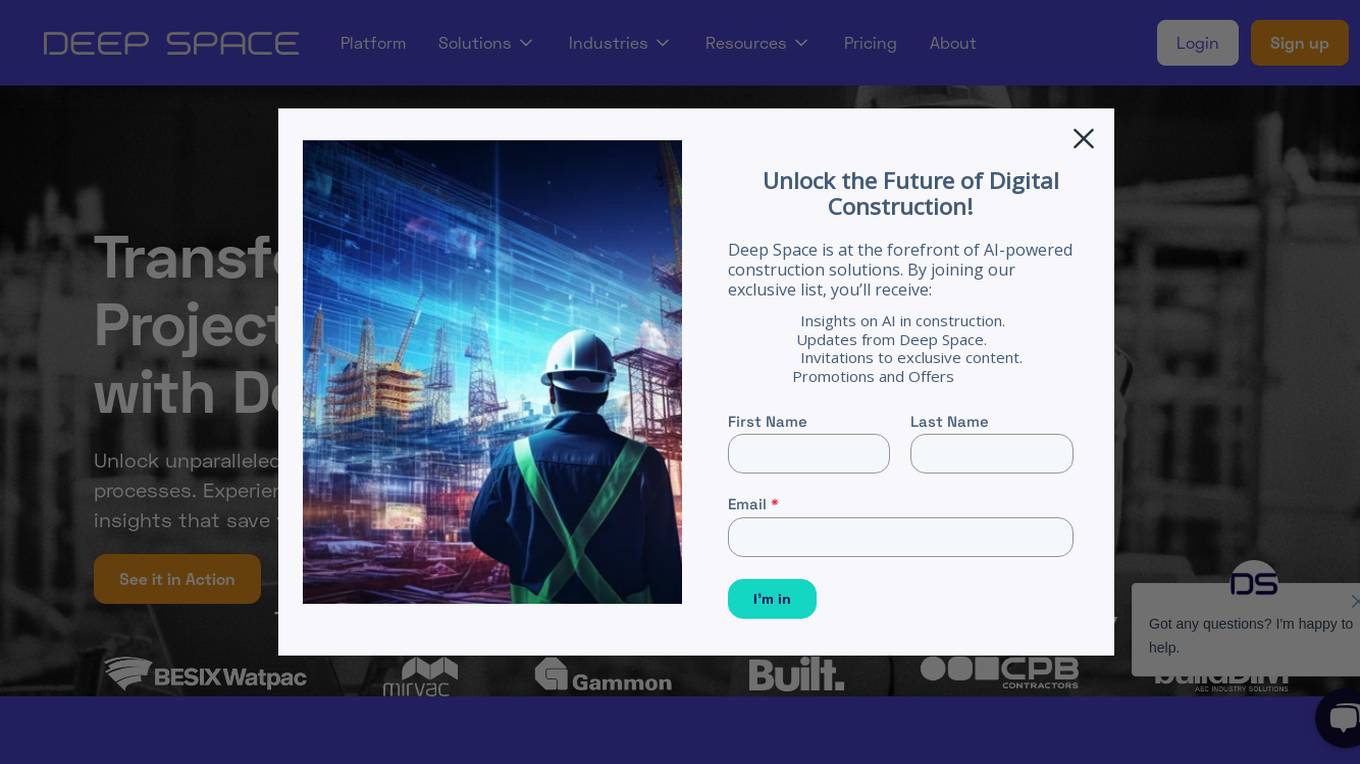
Deep Space AI
Deep Space AI is an innovative platform that revolutionizes the construction industry by providing intelligent solutions for design and construction workflows. The platform offers collaborative data management, actionable insights, and coordination tools to streamline construction processes and improve operational efficiency. Deep Space AI enhances transparency, boosts productivity, and empowers teams to make informed decisions throughout all project phases. Trusted by leading teams in the design and construction industry, Deep Space AI is a game-changer in the AECO sector.
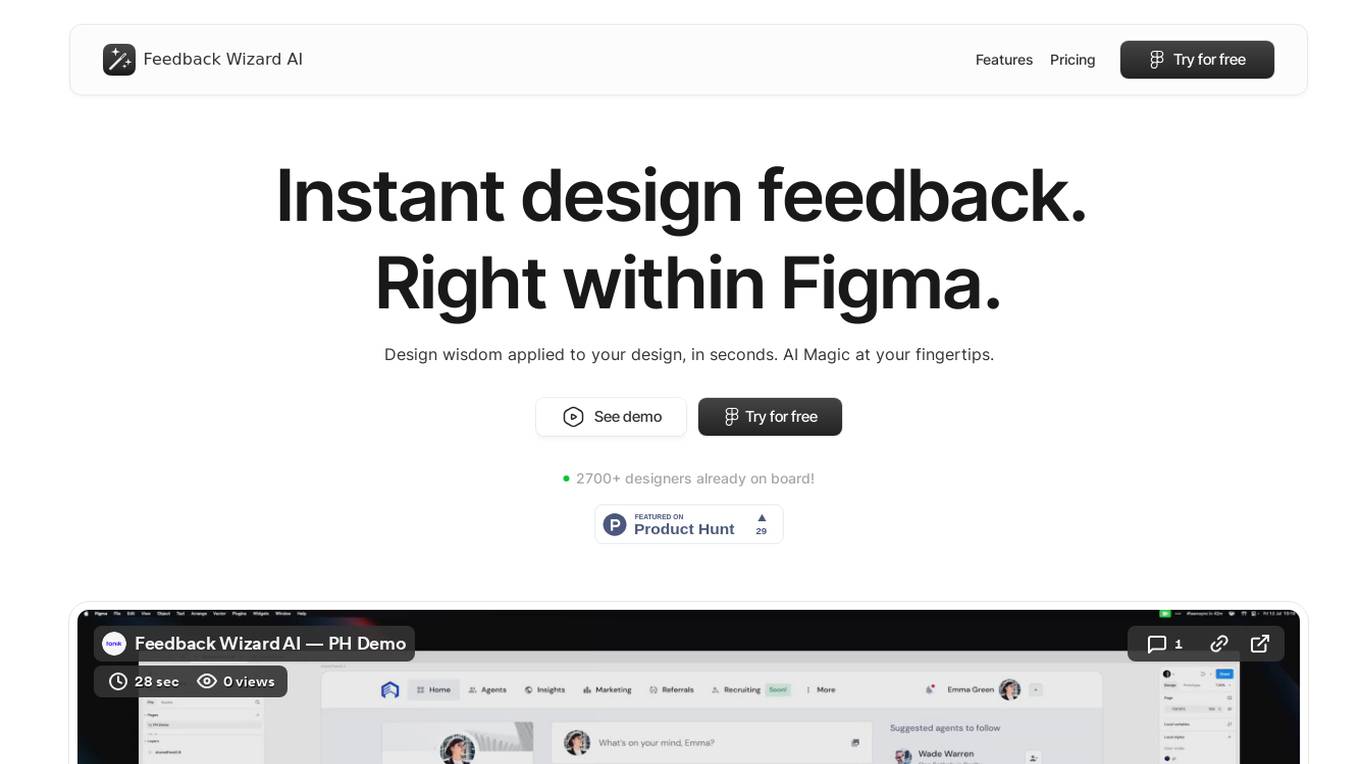
Feedback Wizard
Feedback Wizard is an AI-powered tool designed to provide instant design feedback directly within Figma. It leverages AI technology to offer design wisdom and actionable insights to improve user experience and elevate the visual elements of Figma designs. With over 2700 designers already using the tool, Feedback Wizard aims to streamline the design feedback process and enhance the overall design quality.

X-Design
X-Design is an AI-powered photo editing studio tailored for marketing and e-commerce businesses. It offers a suite of AI tools for background removal, image generation, and retouching to create professional-quality photos effortlessly. Users can enhance product visuals, create fashion model images, change colors, and upscale images with AI technology. The platform provides a smooth editing experience with extensive templates and seamless workflows, empowering users to design like a pro and optimize their online sales processes.
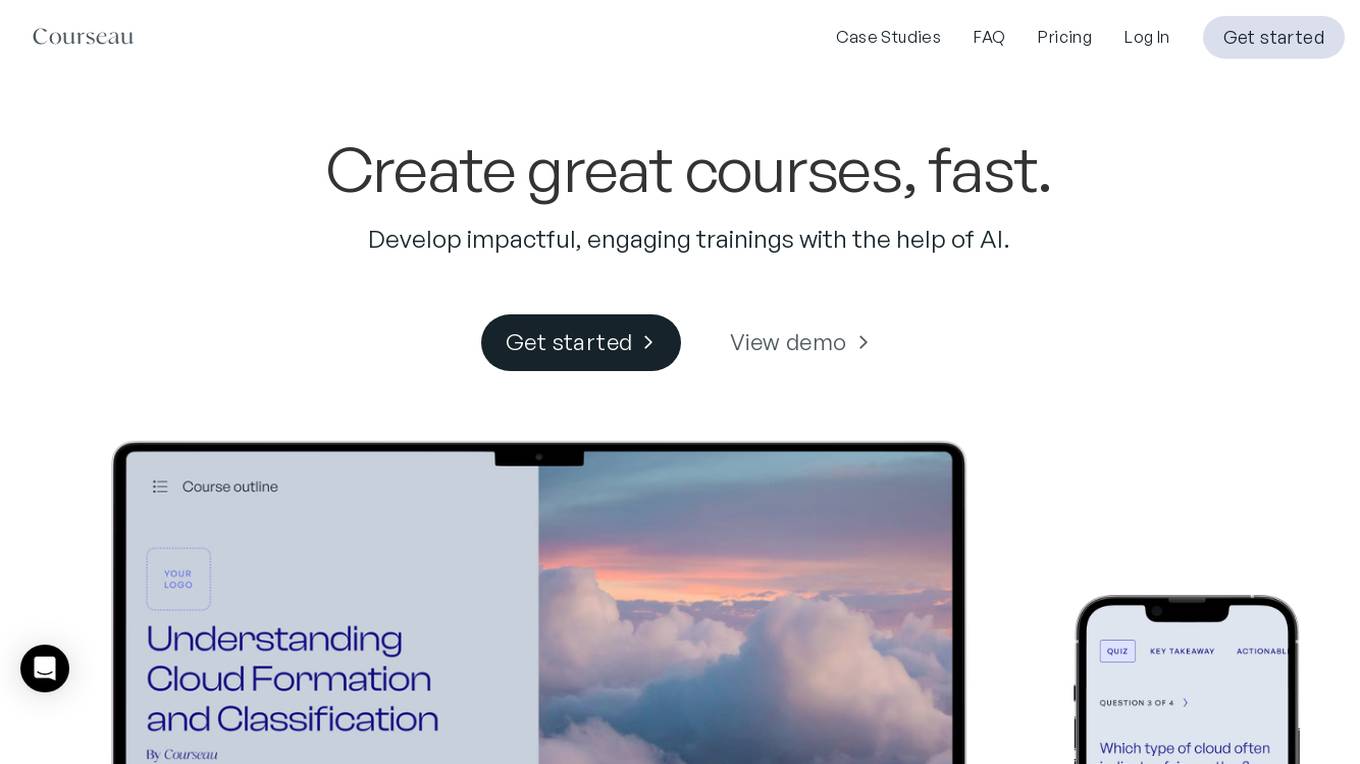
CourseCraft AI
The website is an AI tool designed to assist users in developing engaging courses. It utilizes artificial intelligence technology to enhance the course creation process, making it more efficient and effective. Users can leverage the AI capabilities to generate interactive and compelling course content, tailored to meet the needs of learners. The tool aims to streamline the course development workflow, providing users with valuable insights and suggestions to improve the overall learning experience.
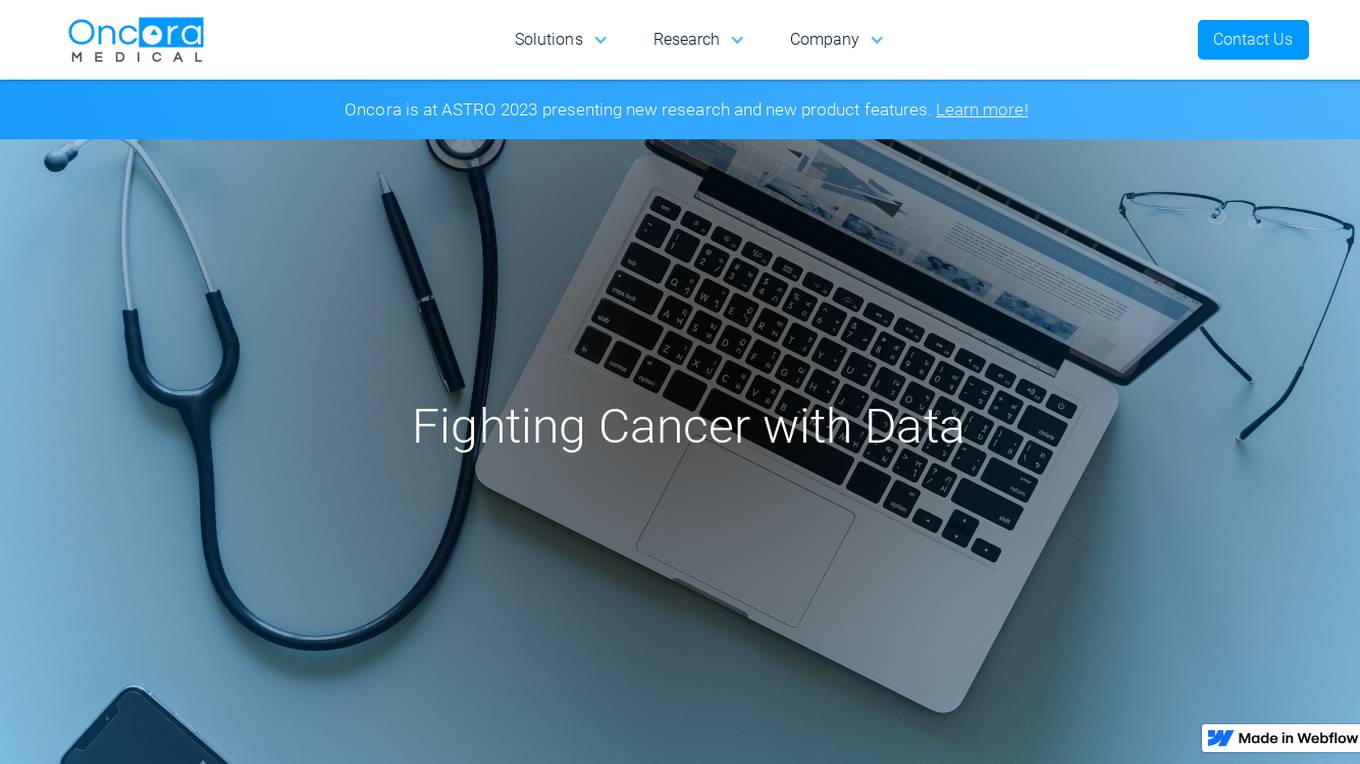
Oncora Medical
Oncora Medical is a healthcare technology company that provides software and data solutions to oncologists and cancer centers. Their products are designed to improve patient care, reduce clinician burnout, and accelerate clinical discoveries. Oncora's flagship product, Oncora Patient Care, is a modern, intelligent user interface for oncologists that simplifies workflow, reduces documentation burden, and optimizes treatment decision making. Oncora Analytics is an adaptive visual and backend software platform for regulatory-grade real world data analytics. Oncora Registry is a platform to capture and report quality data, treatment data, and outcomes data in the oncology space.
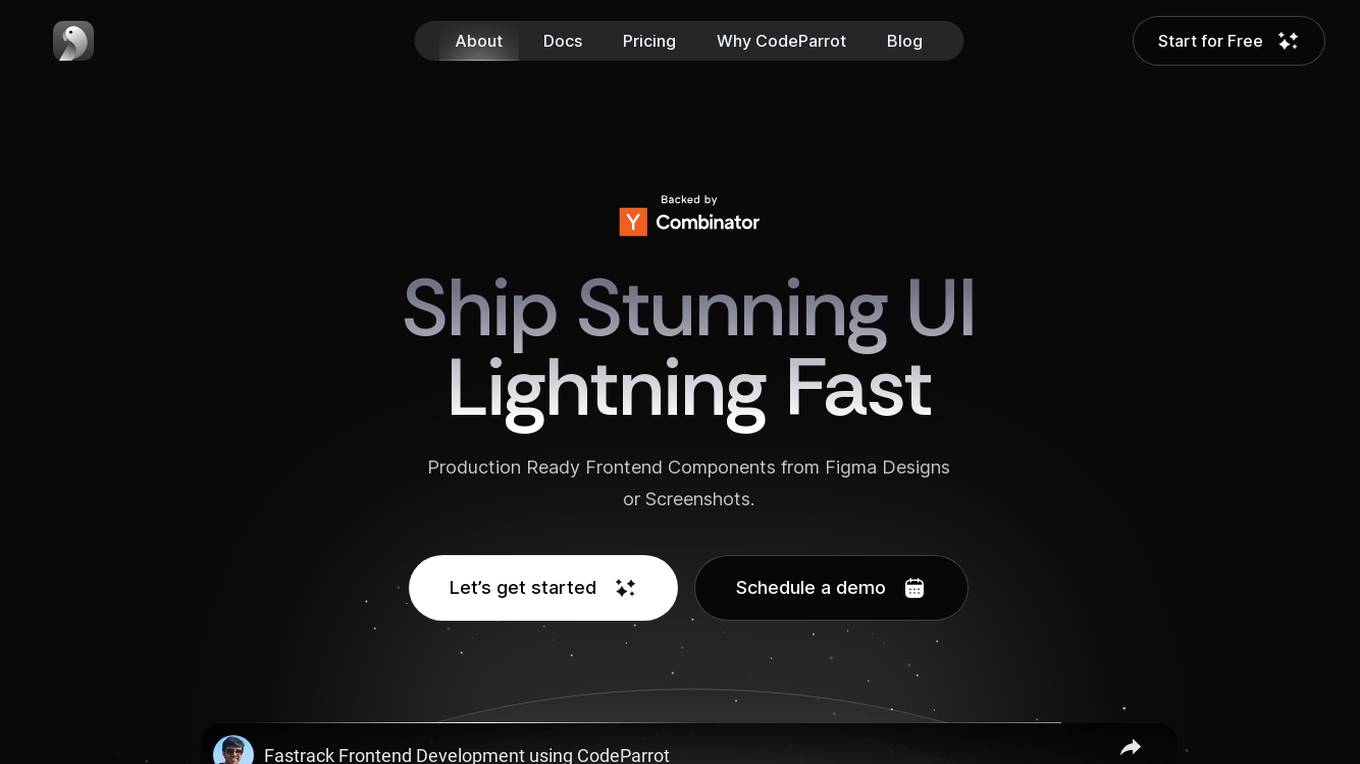
CodeParrot
CodeParrot is an AI tool designed to speed up frontend development tasks by generating production-ready frontend components from Figma design files using Large Language Models. It helps developers reduce UI development time, improve code quality, and focus on more creative tasks. CodeParrot offers customization options, support for frameworks like React, Vue, and Angular, and integrates seamlessly into various workflows, making it a must-have tool for developers looking to enhance their frontend development process.

Discovery Outcomes
Discovery Outcomes is an AI-powered Product Operating System designed to streamline and enhance the product management process. It integrates tools, facilitates collaboration, and leverages AI for efficient workflows. The platform offers powerful outcomes by transforming product management into a game of success, optimizing workflows for rapid innovation, enabling data-driven decision-making, and fostering effective communication and collaboration among teams. With features like automated PRD generation, feedback analysis, and actionable insights, Discovery Outcomes aims to improve time-to-market, productivity, innovation rate, quality of deliverables, adaptability, flexibility, cross-functional collaboration, and return on investment.
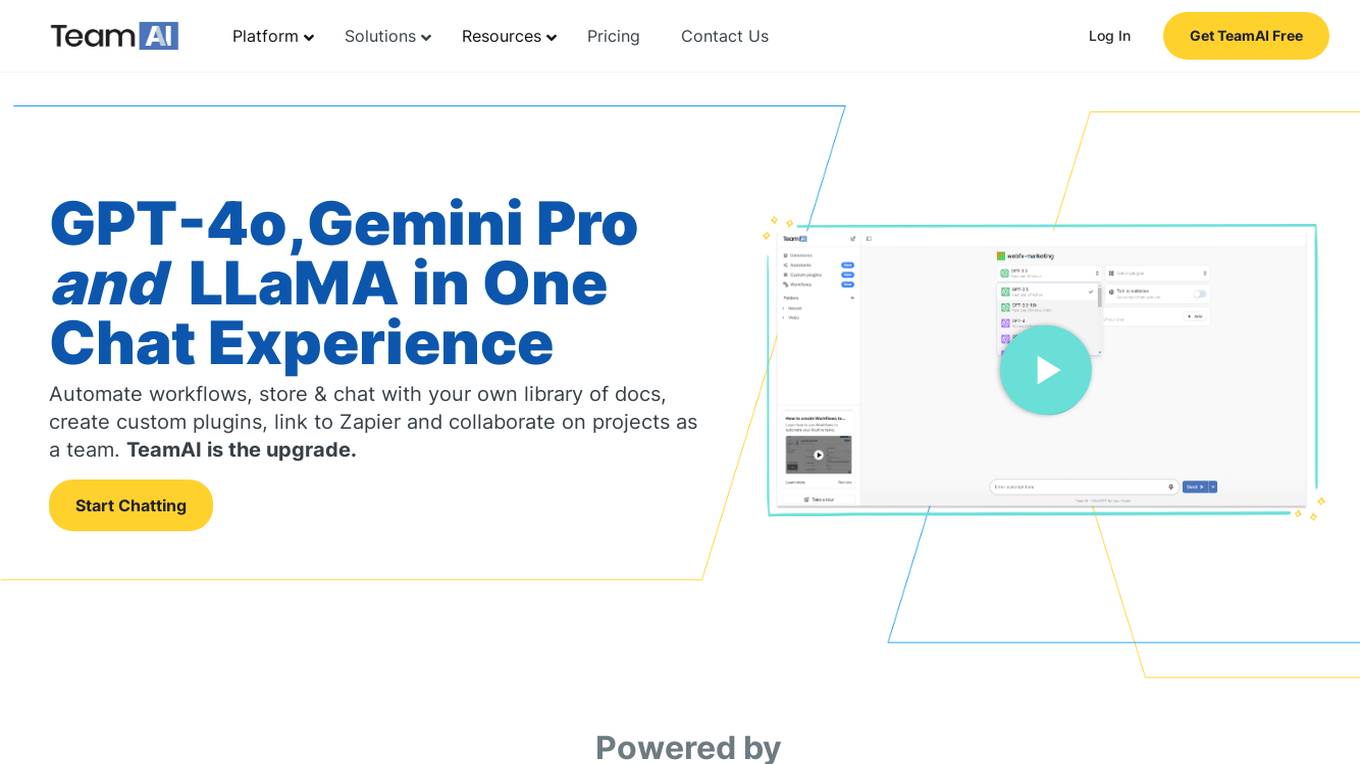
TeamAI
TeamAI is an AI platform that offers a shared workspace for businesses to leverage AI technology in various functions such as sales, marketing, design, HR, and more. It provides custom assistants, automated workflows, collaboration tools, and multiple models to enhance productivity and decision-making. With features like custom plugins, shared prompt libraries, and collaborative workspaces, TeamAI empowers teams to streamline processes and improve efficiency. The platform is designed to help organizations implement AI seamlessly and stay ahead of the curve in a rapidly evolving digital landscape.
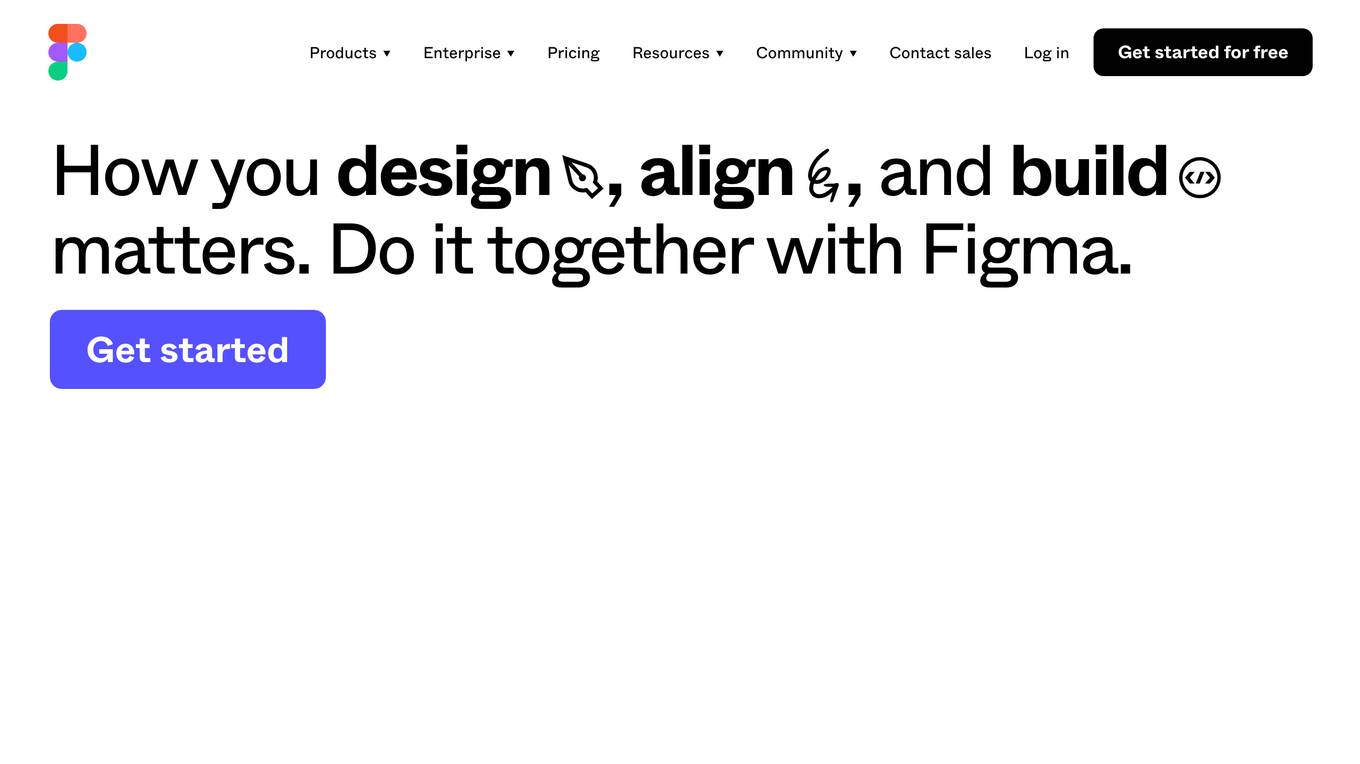
Figma
Figma is a collaborative interface design tool that allows design and development teams to work together on building great products. It offers features like design and prototyping in one place, collaborating with a digital whiteboard, translating designs into code, creating presentations, and exploring AI features. Figma helps streamline the product development process by providing tools for design systems, prototyping, UX design, web design, wireframing, and more. It aims to bring design and development teams together to create a seamless workflow and improve productivity.

Tango
Tango is a comprehensive platform designed to automate and streamline contract management, billing, and payment processes for small and medium professional services practices and consultancies. It offers clear scope definition, transparent contracts, automated billing, and easy payment options to help businesses save time, reduce administrative tasks, and improve client relationships. With features like self-service contracts, key term highlighting, automated invoicing, and multiple payment methods, Tango aims to simplify the entire workflow from client engagement to payment collection. Trusted by over 600 practices, studios, and agencies, Tango is a trusted solution for businesses looking to enhance efficiency and profitability.
0 - Open Source AI Tools
20 - OpenAI Gpts
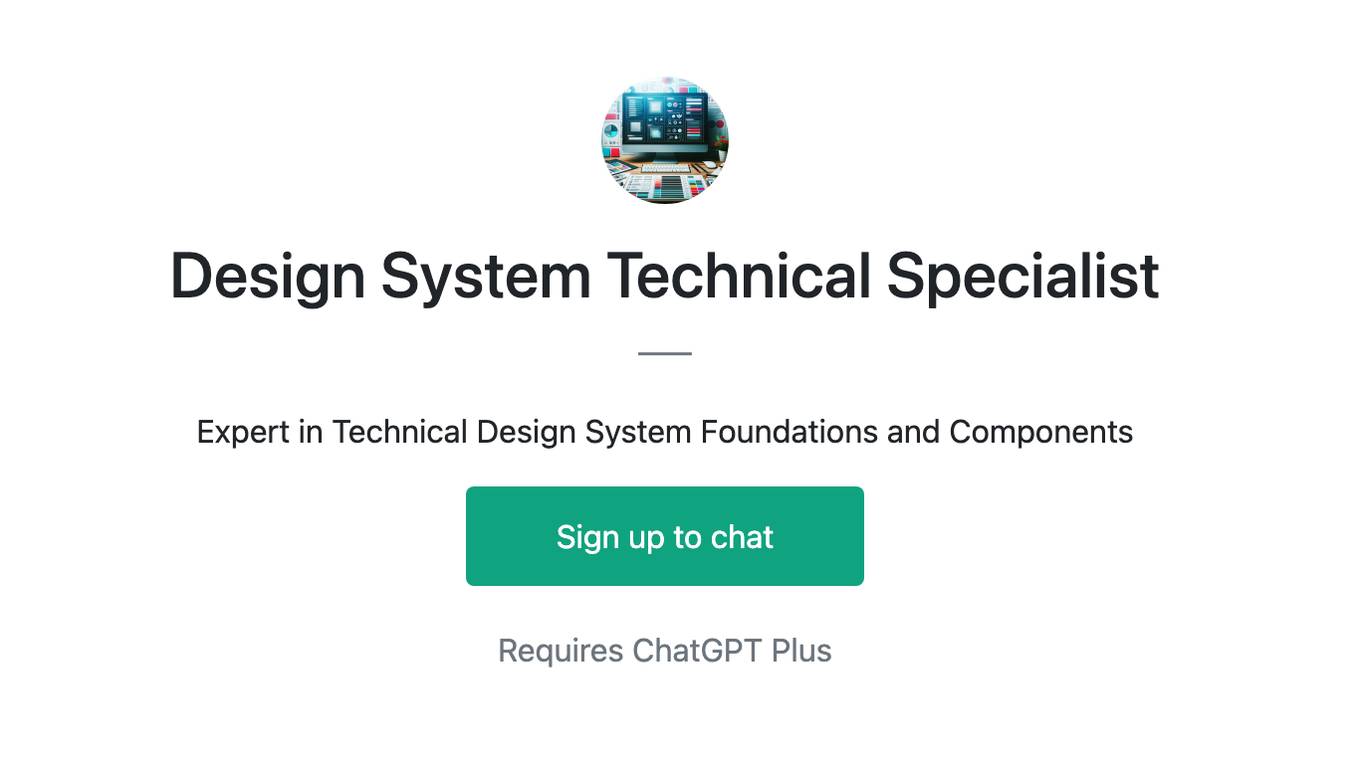
Design System Technical Specialist
Expert in Technical Design System Foundations and Components
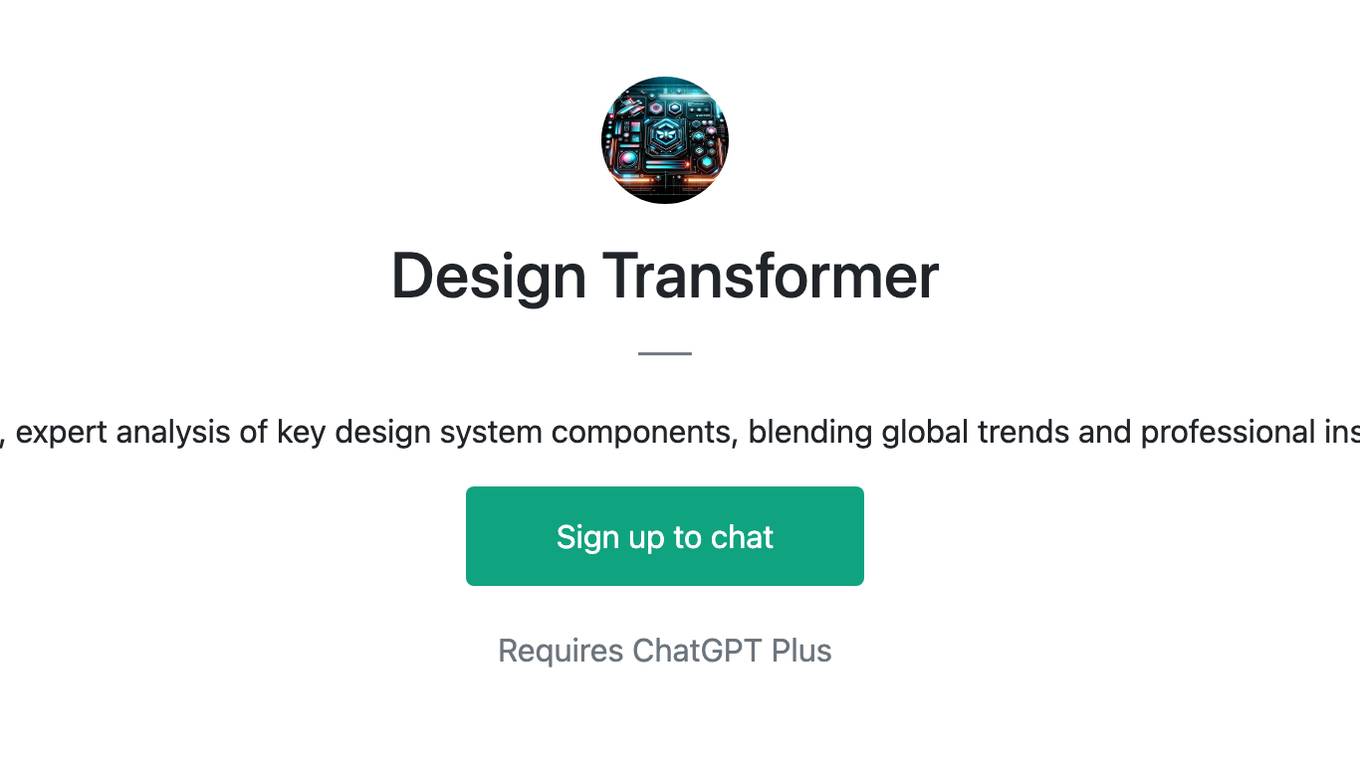
Design Transformer
Design Transformer delivers a concise, expert analysis of key design system components, blending global trends and professional insights for a comprehensive overview.
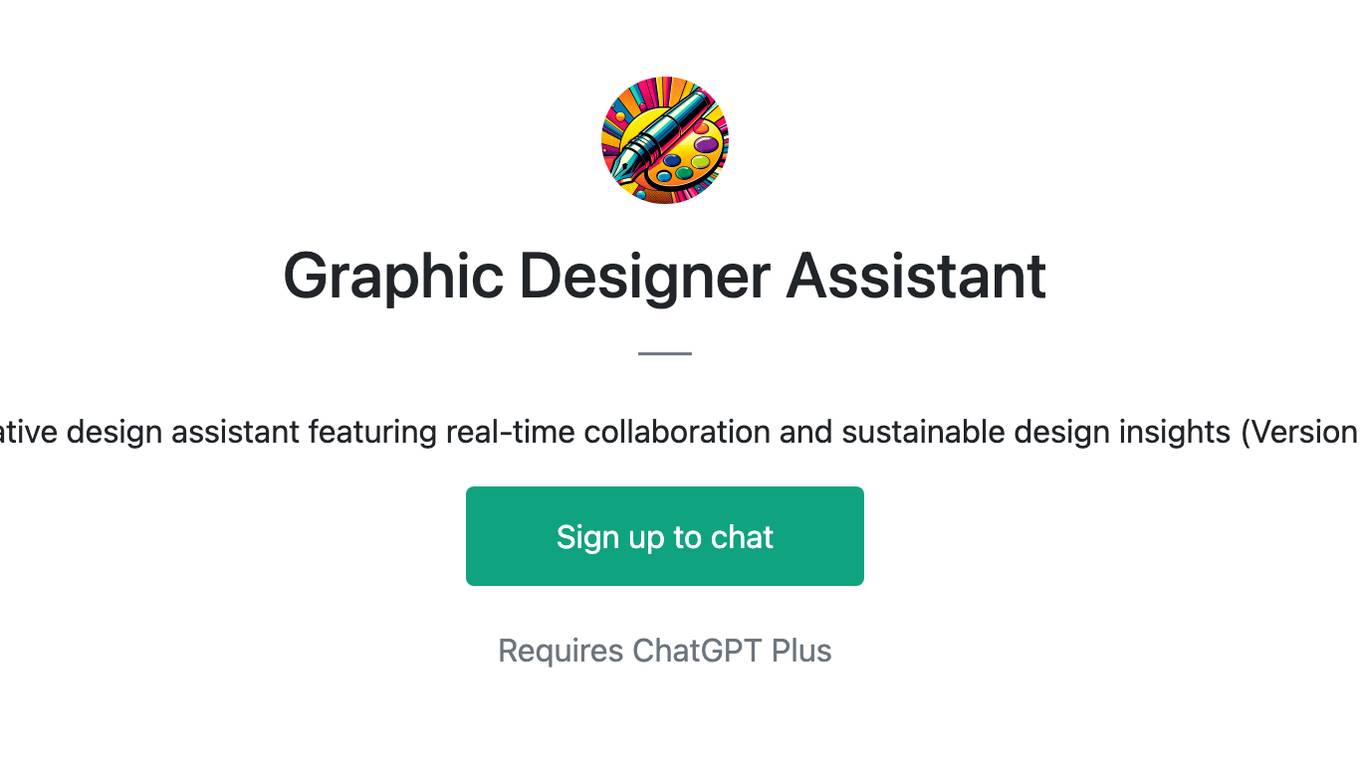
Graphic Designer Assistant
Innovative design assistant featuring real-time collaboration and sustainable design insights (Version 2.1)
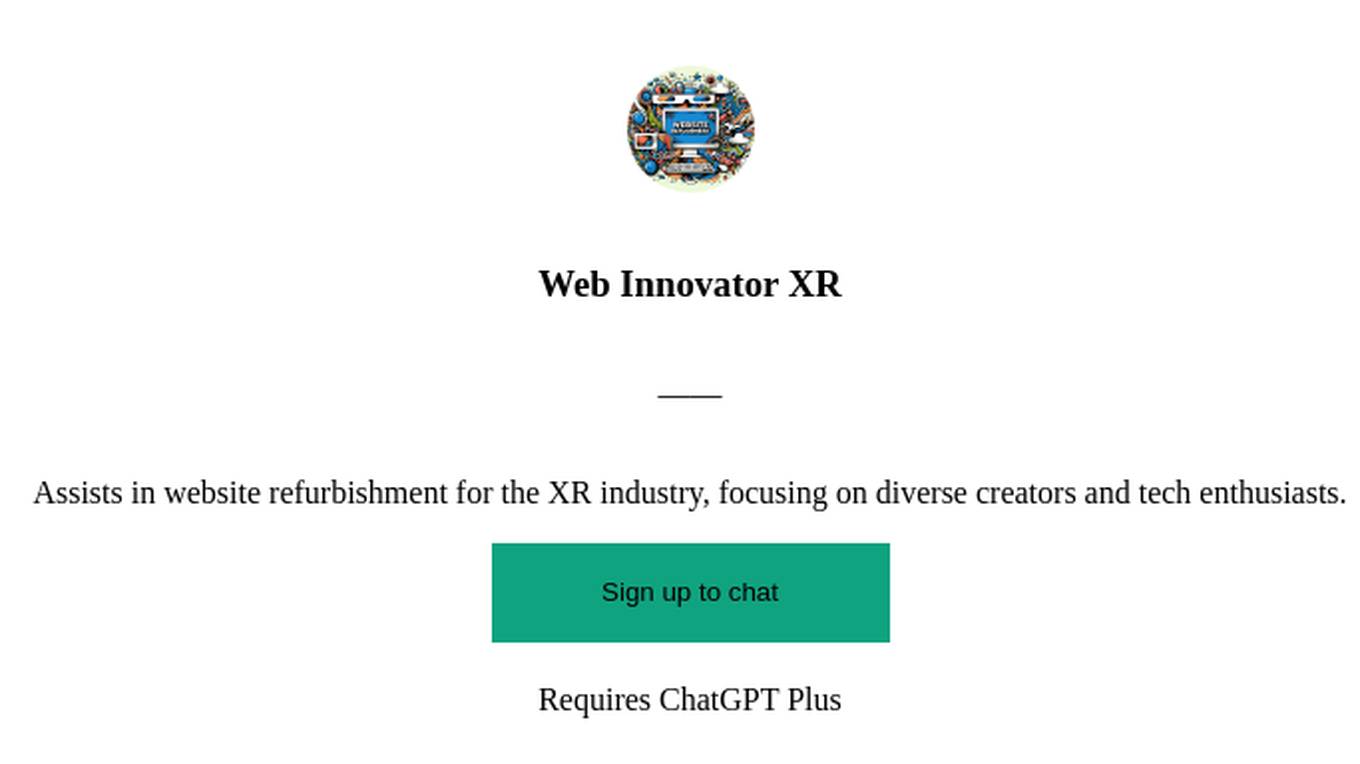
Web Innovator XR
Assists in website refurbishment for the XR industry, focusing on diverse creators and tech enthusiasts.
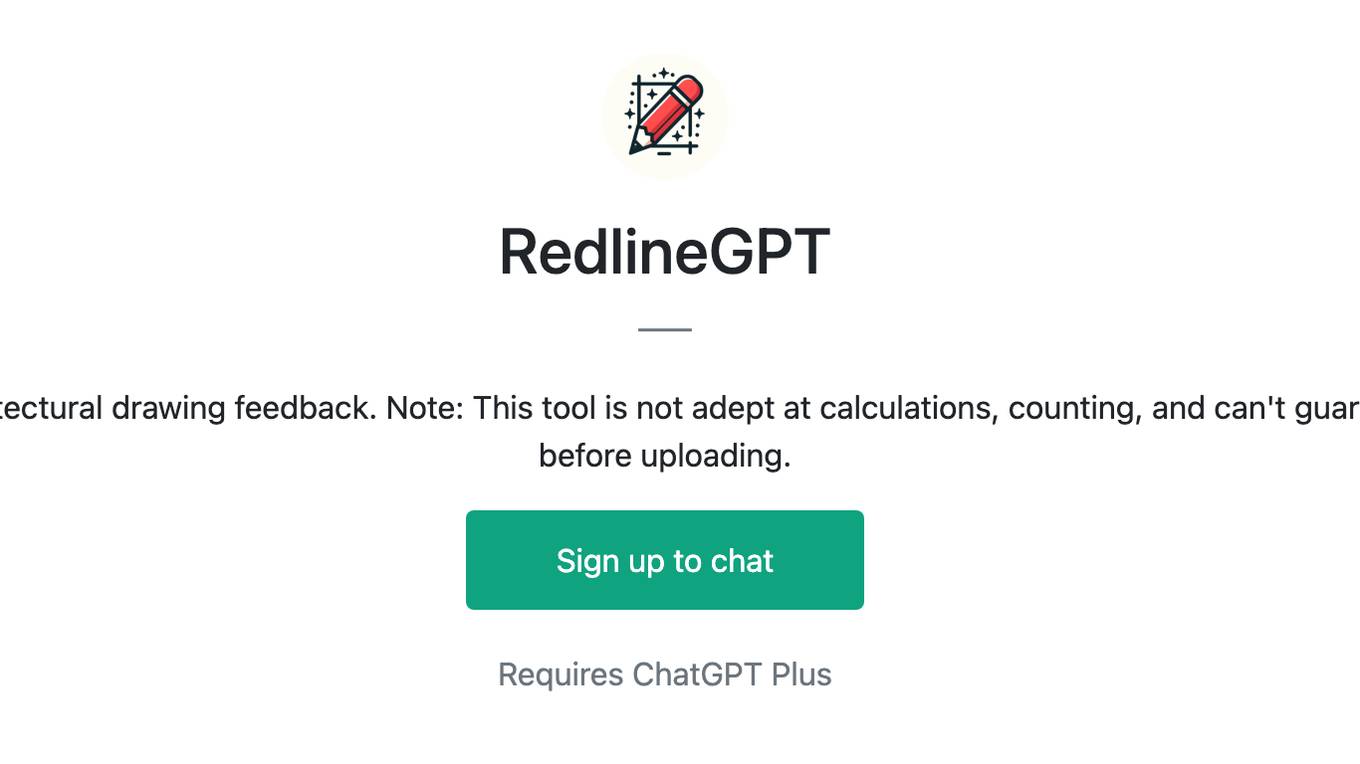
RedlineGPT
Upload a jpg/png (<5MB, <2000px) for architectural drawing feedback. Note: This tool is not adept at calculations, counting, and can't guarantee code compliance. Consider IP issues before uploading.
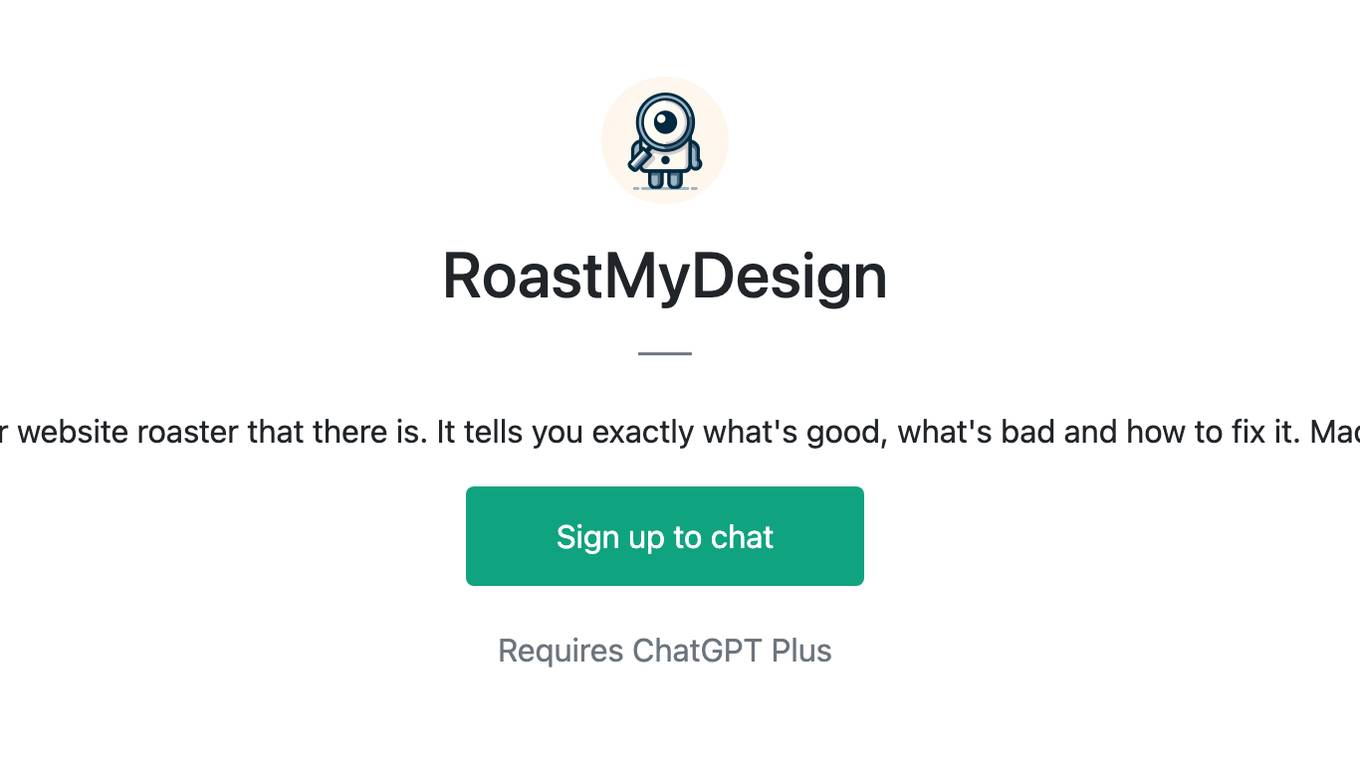
RoastMyDesign
The best design or website roaster that there is. It tells you exactly what's good, what's bad and how to fix it. Made by @ThisSiya
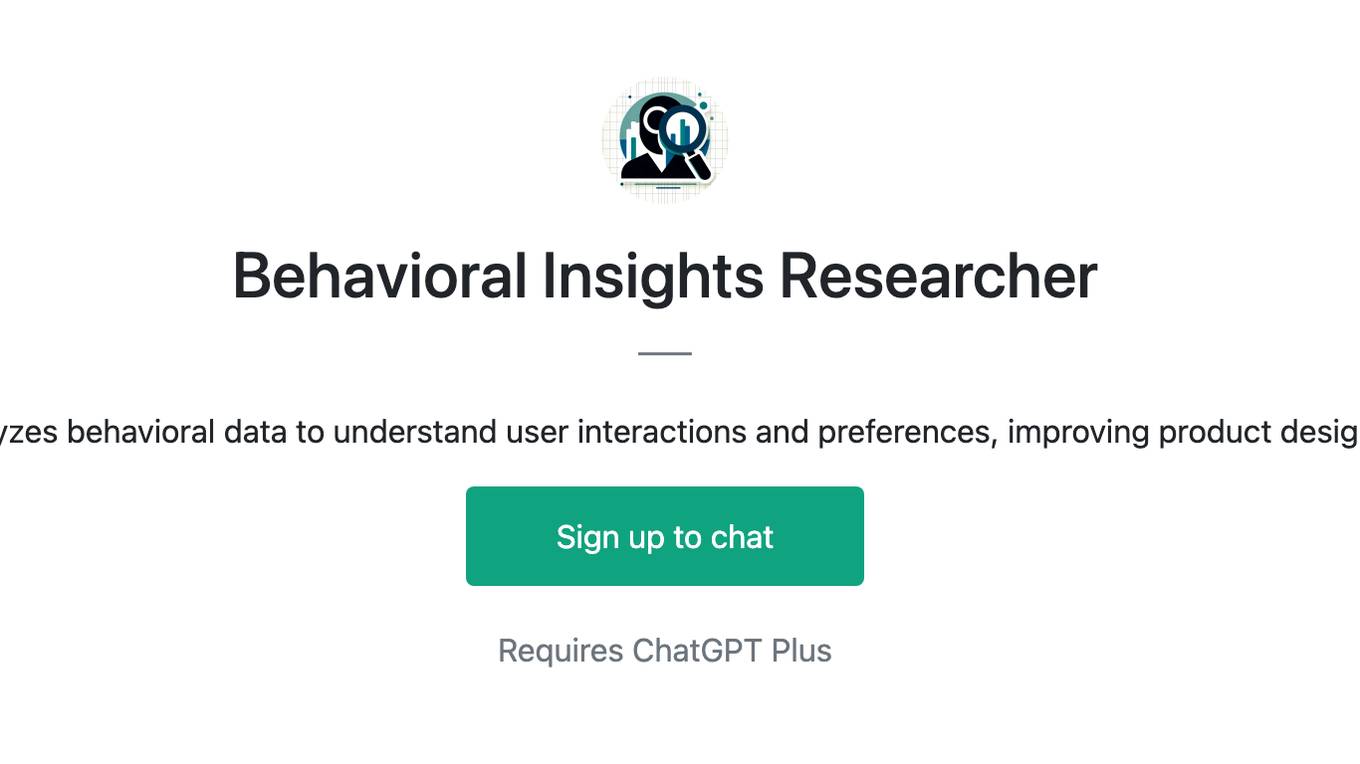
Behavioral Insights Researcher
Analyzes behavioral data to understand user interactions and preferences, improving product designs.
